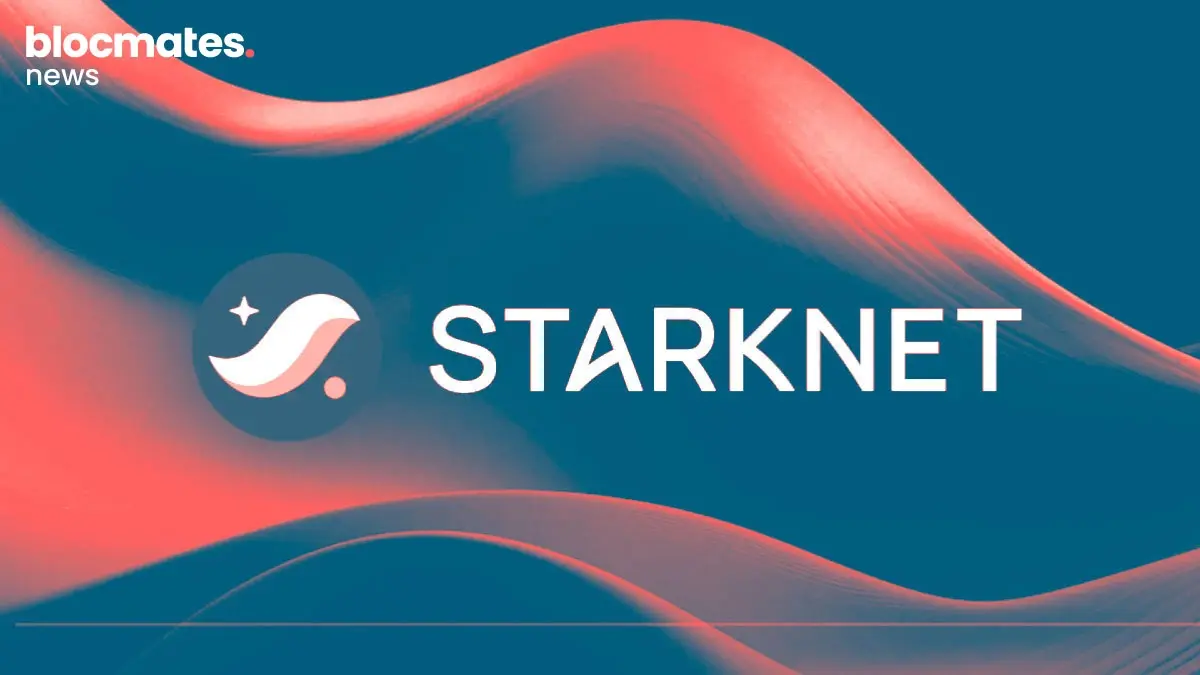Ape-tizers:
- Blockchains and other distributed systems are built on the same internet as traditional, centralized systems.
- The same internet presents bottlenecks for decentralized networks, posing a challenge to scalability and efficiency.
- DoubleZero creates a new, separate internet network leveraging unused hardware and a Proof-of-Use mechanism to scale decentralized and distributed networks both on-chain and off-chain.
Ever sat back and thought about how all of this came to life?
By this, I mean the crypto industry where we all now jive, chat, laugh, trade, flip our portfolios, and wake up to do it all over again.
The popular story is that all this began when some guy called Satoshi published something called the Bitcoin whitepaper, a document seeking to reinvent value transfer from traditional systems to a new system built on cryptographic algorithms.
Ambitious! Yet, here we are. Trading, iterating the next blocks of infrastructure, and riding on the waves of innovation to the cypherpunk promised land of true and absolute decentralization.

My point is, the goals that built this entire industry were once so purist, non-conforming, and meant to be separate from the internet in its current state as much as possible.
But somewhere down the line, we stopped caring about how this entire system would be accessed and instead built infrastructure with new consensus algorithms, ignoring the performance and structure of the most fundamental core of this entire innovation: the internet.
The problem is that building distributed systems on the same infrastructure designed for centralized systems means you’re likely to inherit the same limitations and bottlenecks that plague those centralized setups.
These issues, such as bandwidth limitations (the max amount of data that can be sent and received over an internet connection in a given amount of time), inconsistent delays in data travel (variable latency), spam transactions, and other issues with public internet, affect real-time services on-chain.
It is based on this premise that DoubleZero is taking a fresh approach, rethinking the internet from the ground up to truly support distributed systems.
In the next few paragraphs, we’ll break down what this approach is all about, how it works, what the key moving parts are, and the parts of crypto infrastructure it’s looking to change.
What is DoubleZero?
DoubleZero is an N1 (base layer of neutral and performant physical infrastructure) protocol designed to optimize distributed networks by turning individually contributed fiber links into one synchronized, high-performance network.
It helps filter out spam, boost bandwidth, reduce latency, and eliminate jitter from data transmission across high-performance distributed networks.

DoubleZero is not a layer-1, layer-2, or layer-3 protocol. Instead, it classifies itself as an N1 layer, something entirely new that enhances and transforms L1s, 2s, and more.
In simpler terms, DoubleZero provides stronger, more efficient, and adaptable foundational infrastructure for blockchain networks and other distributed systems.
The big question here is how exactly does it work? How does DoubleZero approach a new system for the internet to power distributed systems?
How does DoubleZero work?
DoubleZero’s architecture takes a dual-layered approach, often described as a two-ring system, both working together to create a solid foundation for permissionless communication.
The first layer is the outer ring, which handles the direction of data flow in and out of a network, otherwise known as ingress and egress traffic.
It interfaces with the public internet and connects to DoubleZero’s high-performance hardware, like Field Programmable Gate Arrays (FPGAs).
This ring plays an important role in protecting the network from DDoS attacks, filtering out spam, and verifying incoming traffic before it goes deeper into the system.
On the other hand, the inner ring takes over once the outer ring has done its job. It handles the actual execution, processing the filtered, verified traffic using optimized, high-bandwidth connections.
This setup ensures that only clean, valid data flows through, allowing the network to operate with maximum efficiency and minimal interference.

This architecture is built to scale any kind of distributed system, whether it’s blockchain-based or not.
It’s especially well-suited for systems that rely on fast, time-sensitive data transfer, like content delivery networks (CDNs), large language models (LLMs), and real-time gaming platforms, because it ensures high-performance communication from end to end.
Both rings form the core of an entire alt-internet for distributed systems, which has an economic value chain built around it.
The DoubleZero network connects distributed systems at the edge directly to a high-performance core network, using what are called DoubleZero Exchange Points (DZXs).
These DZXs act as hubs, linking multiple data centers within a metro area. They’re provided by individual network contributors and together form the transit layer that powers the entire DoubleZero network.
This setup creates a fast, reliable backbone for moving data across distributed systems.
In terms of blockchain-based systems, the goal for DoubleZero is simply to relieve the burden of de-duplication, filtering, and verification from validator nodes.
This is because validators not only provide consensus on blocks, but are also involved in the process of block production, which is triggered by inbound data sent by users.
During the block production phase, validators perform the tasks of filtering, de-duplication, and signing off data before submitting to other validators for consensus.
DoubleZero simplifies this entire process by using its FPGA appliances to filter incoming data right at key ingress points, essentially acting as a pre-filter before anything reaches the validators.
This is a far more efficient setup, since FPGAs can handle much higher volumes of inbound traffic than validators. They filter out spam, remove duplicate transaction sets, and even verify signatures, lightening the load for validators and improving overall network performance.
What makes this even more interesting is that DoubleZero is an open-source network, which means the entire process is transparent and open to community oversight.
While validators still re-verify transactions before they’re included in a final block, they’re only dealing with a much smaller, cleaner set of data, thanks to the pre-filtering done by the FPGAs.
Beyond FPGAs, DoubleZero takes things a step further by supporting multicast traffic, which helps optimize how data is distributed across the network.
This is especially valuable for high-performance systems like blockchains, where the same data often needs to reach many nodes quickly and efficiently.
For perspective, Multicast traffic is a networking method that allows data to be sent to multiple recipients at once, like broadcasting a message to a group, instead of sending individual copies to each person.
This reduces bandwidth usage and speeds up communication, which is important for time-sensitive systems like blockchains, content streaming, or multiplayer gaming.
Moving parts of the DoubleZero network
For the DoubleZero network to function, there are a number of moving parts that are vital to the entire system. Like we mentioned earlier, this can be split into two:

- The network device at ingress/egress traffic: This refers to appliances such as the FPGA, which will be used at launch to perform filtering, verification, and spam protection, while also enabling individually contributed fiber links to form a cohesive network.
- Fiber links: This is the piece of infrastructure owned by individuals that come together to form a permissionless network, providing low-latency and high-bandwidth connectivity across the world.
DoubleZero utilizes unused fiber links to connect metropolitan areas, forming a network of alt-internet with optimized capabilities for distributed networks to leverage.
- Community-governed and operated networks: This refers to a collective approach by network contributors to providing repairs and maintenance of the network infrastructure.
The DoubleZero network will, in the future, utilize best practices to ensure that network failures are minimized.
- Smart contract-defined network: DoubleZero uses on-chain smart contracts to coordinate and manage the network. Contributors publish verified data about their links, like endpoint locations, bandwidth, latency, and how long the link will be available, directly to these smart contracts.
This makes the network transparent and programmable. Validators can then tap into these contracts to access specific services or routes, or even write their own contracts to define custom routing requests based on their needs.
DoubleZero’s economic value chain: Proof-of-Use (PoU)
Economically, DoubleZero creates opportunities and benefits across network participants, ranging from providers to operators and users.
For providers, DoubleZero creates new opportunities to monetize unused private fiber links, whether owned by individuals or companies that have purchased or leased them.
These network contributors are spread across countries and cities, comprising data centers, enterprises with private connections, and telecoms with underutilized fiber, all of which contribute to the physical infrastructure that connects the entire DoubleZero network.

Even if a single fiber link from any of these entities doesn’t meet performance requirements on its own, DoubleZero aggregates these links into a unified network.
This “stitching” process mirrors the way the modern public internet was built, but with the added benefits of coordination, performance optimization, and decentralized control.
However, in terms of incentives and alignment, DoubleZero introduces a fresh concept called Proof-of-Use (PoU) that is centered around useful connectivity.
This system is based on the principle that connectivity that aligns with demand and is meaningfully more performant than the public internet is useful and will be rewarded.
The system also proposes incremental rewards based on the performance or value that the connectivity (links) creates compared with its competitors. It doesn’t end there.
Rewards are also based on novelty in routes, helping to reduce latency in existing endpoints where services are not as competitive as others.
Contributors must ensure that their service quality is optimized to stay on top as competition for rewards restarts each epoch.
Conclusion
At the core, DoubleZero’s goal is to build a new kind of internet, an alt-internet that’s faster, more competitive, and far more efficient than today’s public internet.
It’s designed specifically for any distributed system in mind; however, for the sake of context, narrowed down to our industry, DoubleZero is particularly beneficial to layer-1 blockchains, RPC endpoints, L2s, and MEV.
For L1s, it fantastically reduces jitter, improving data transmission speed, enabling quicker validation, faster block building, and smoother block propagation across the L1.
For RPC nodes, DoubleZero enhances their services, making them more efficient by reducing the clog in inbound traffic in moments of high usage like airdrop claims, thereby reducing their susceptibility to DDoS attacks.
Additionally, competitive link services offered by DoubleZero’s network reduces latency, allowing RPC nodes to function at optimum in forwarding transactions to the mempool.
When it comes to MEV (Maximal Extractable Value), DoubleZero offers direct advantages. It’s high-speed, low-latency network enables much faster data retrieval and block delivery.
This means MEV systems can access fresher blocks more quickly, giving them a competitive edge when constructing profitable transaction orderings.
The increased bandwidth and reduced delay also help in building more efficient blocks overall, maximizing opportunities within shorter time windows.
DoubleZero is a fresh attempt at truly scaling distributed networks, a process that we believe has all the signs to be truly revolutionary, creating a fresh infrastructure in physical networks that scale the entire stack of blockchain technology.






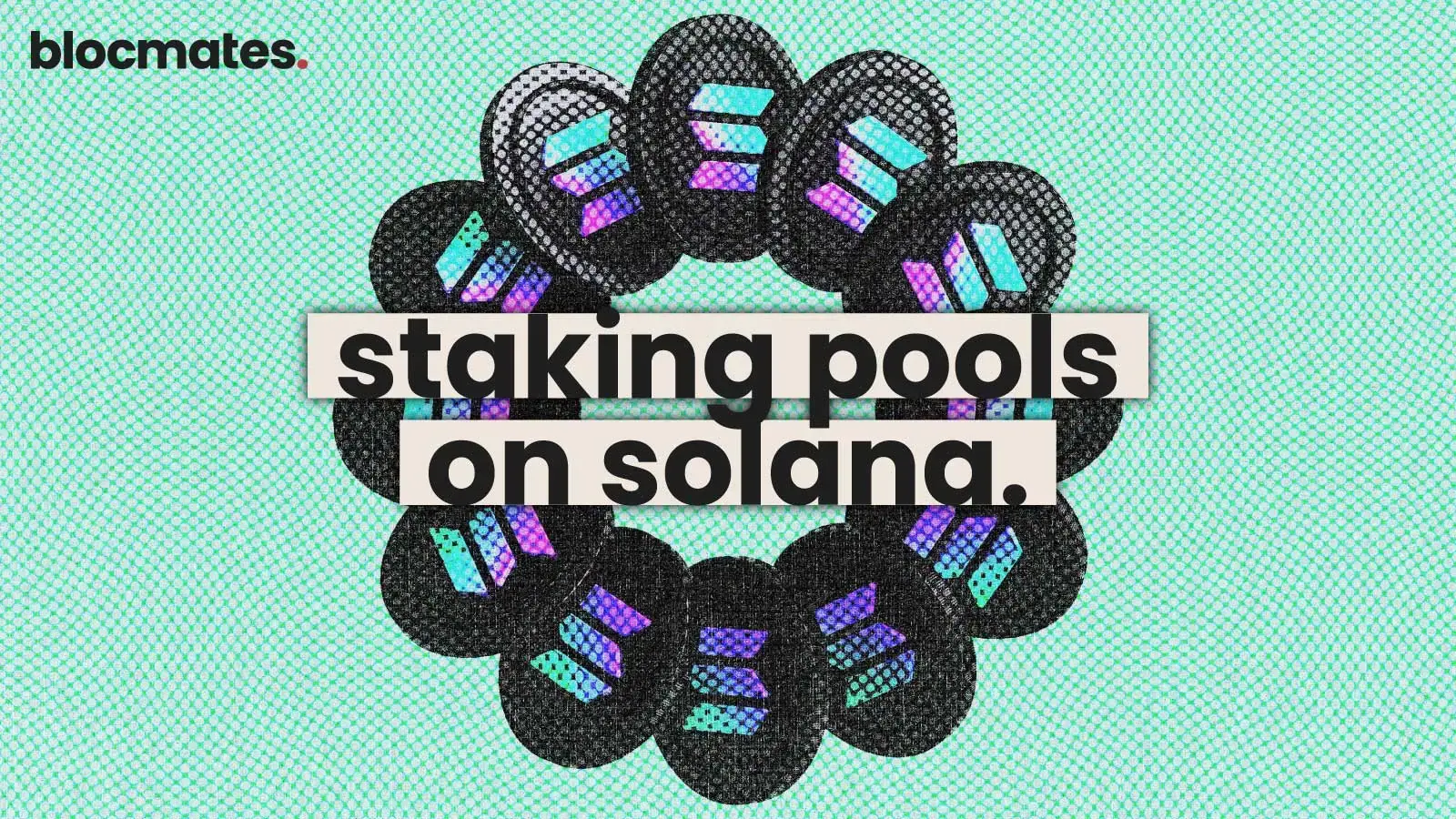





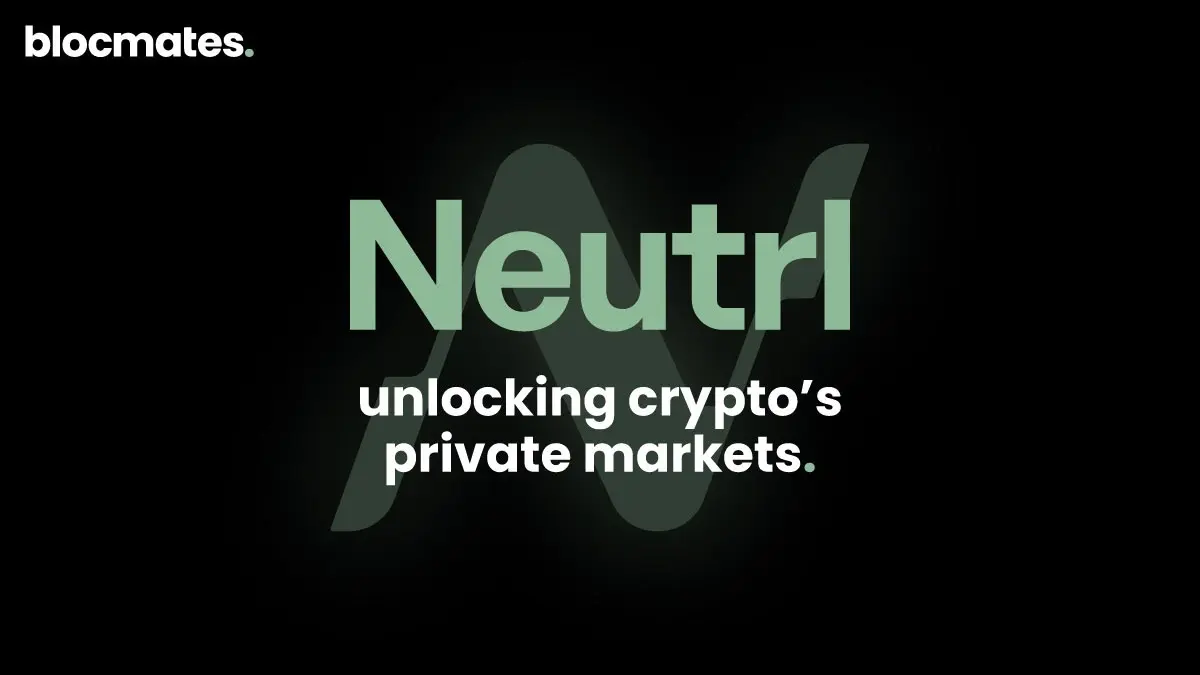


.webp)

.webp)
.webp)

%20(1).webp)
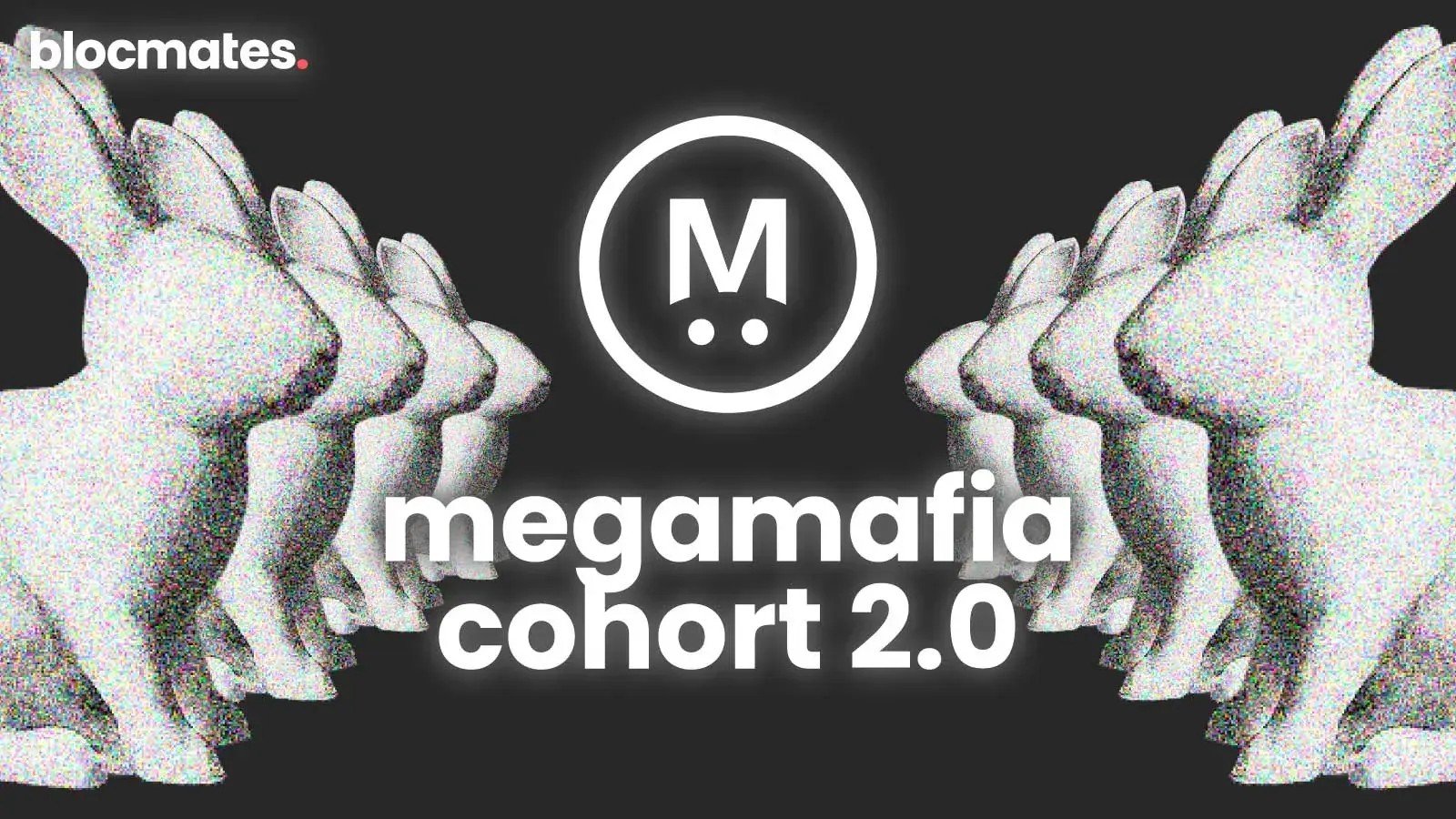
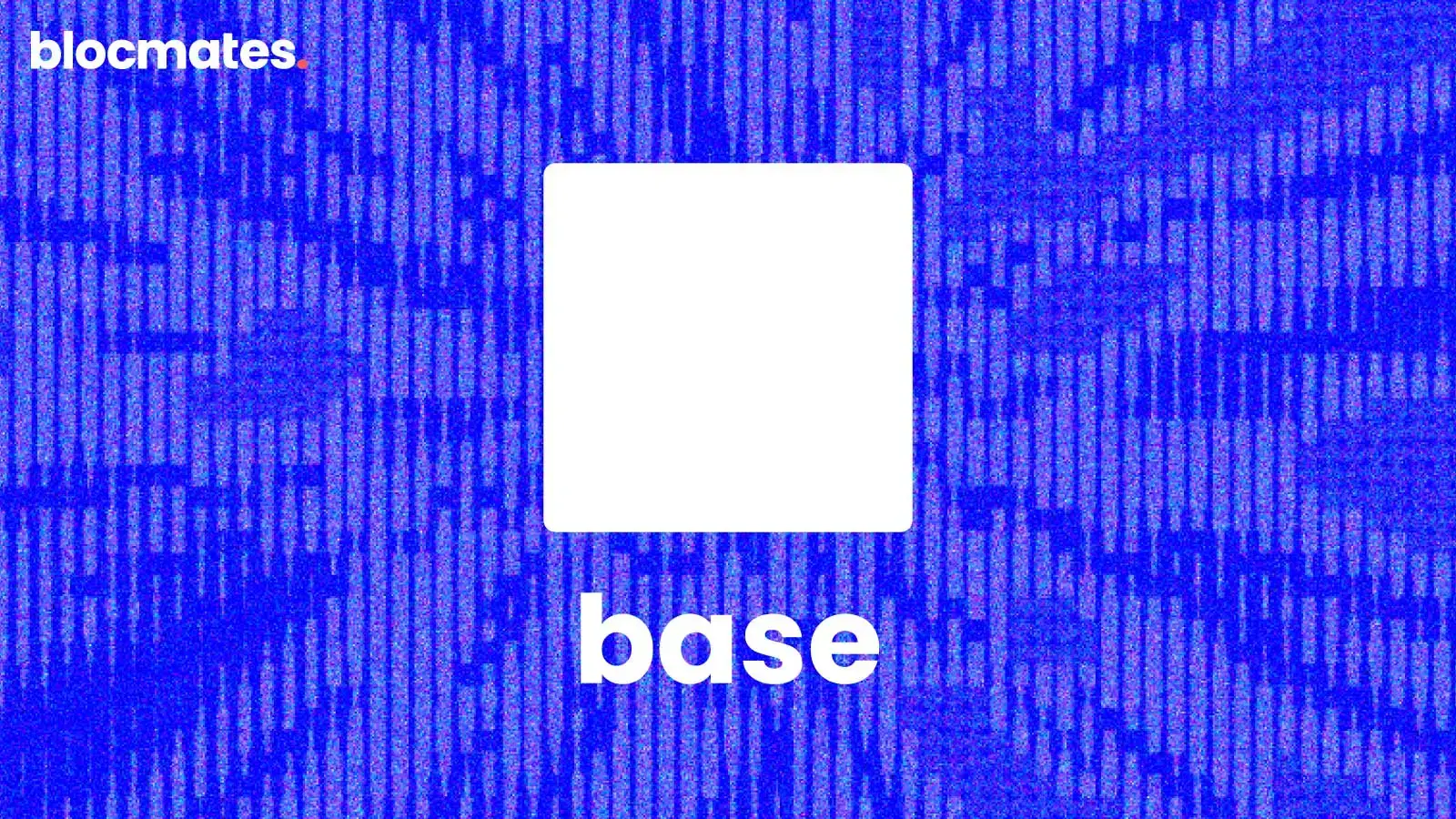
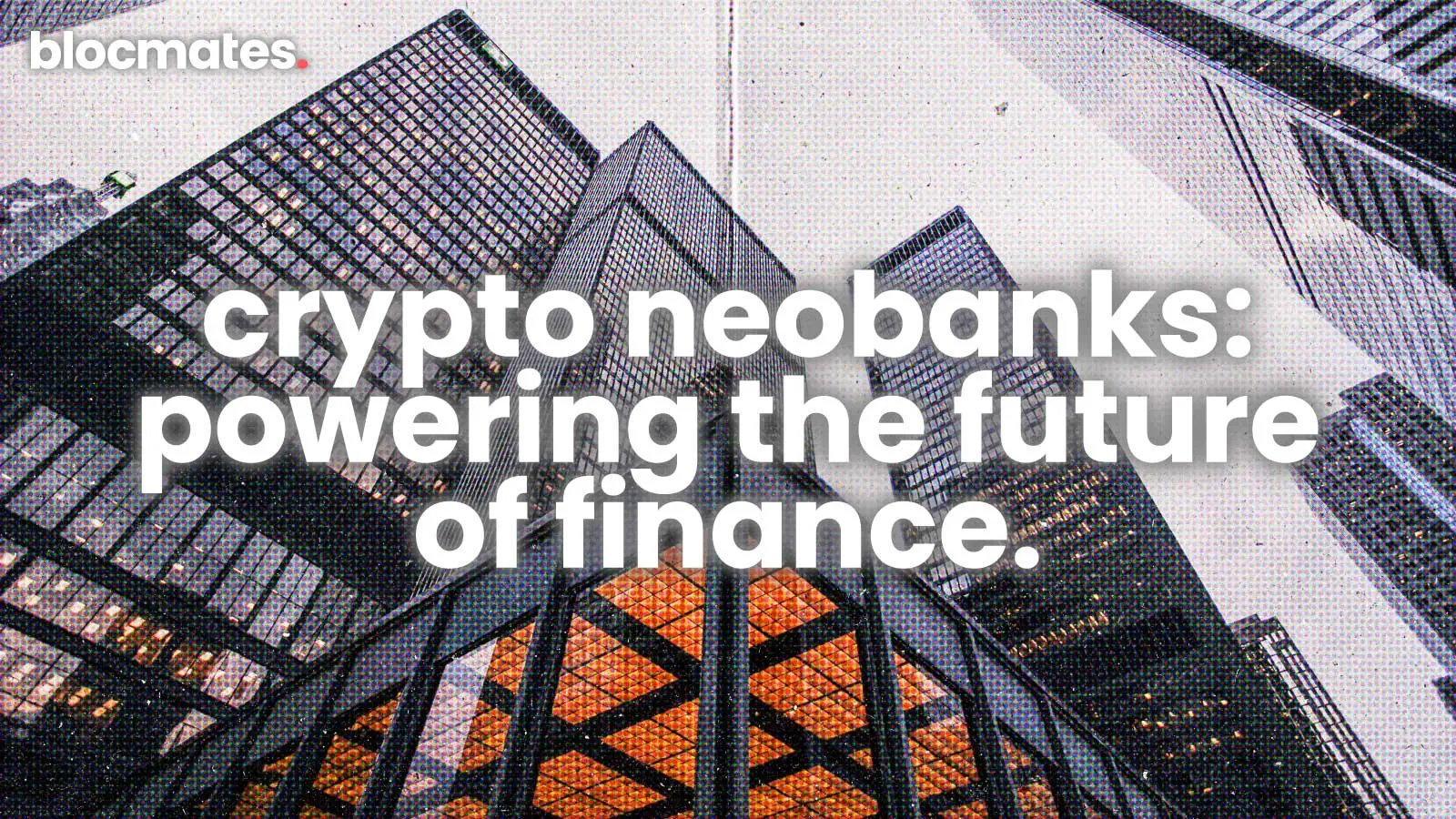


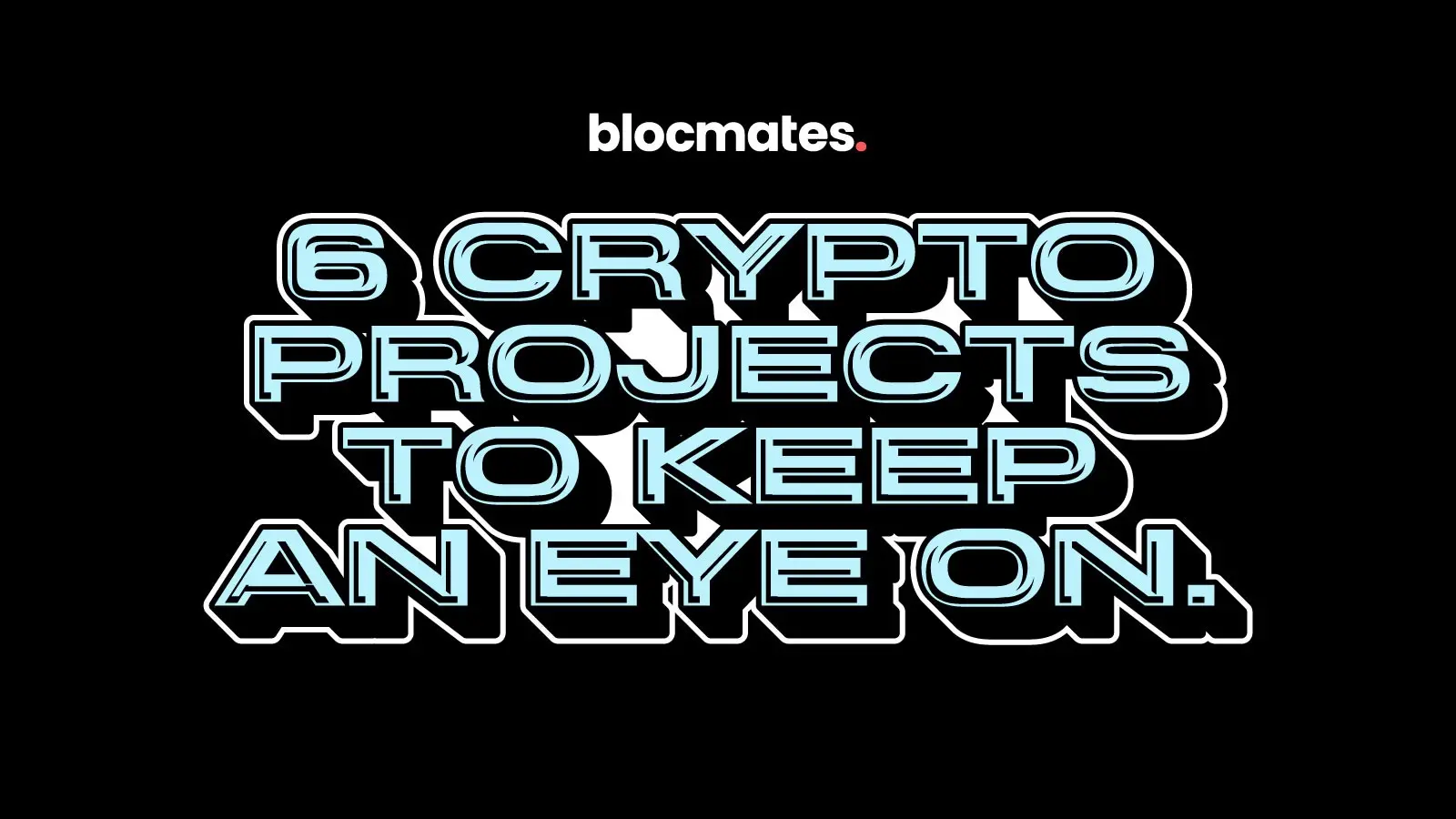
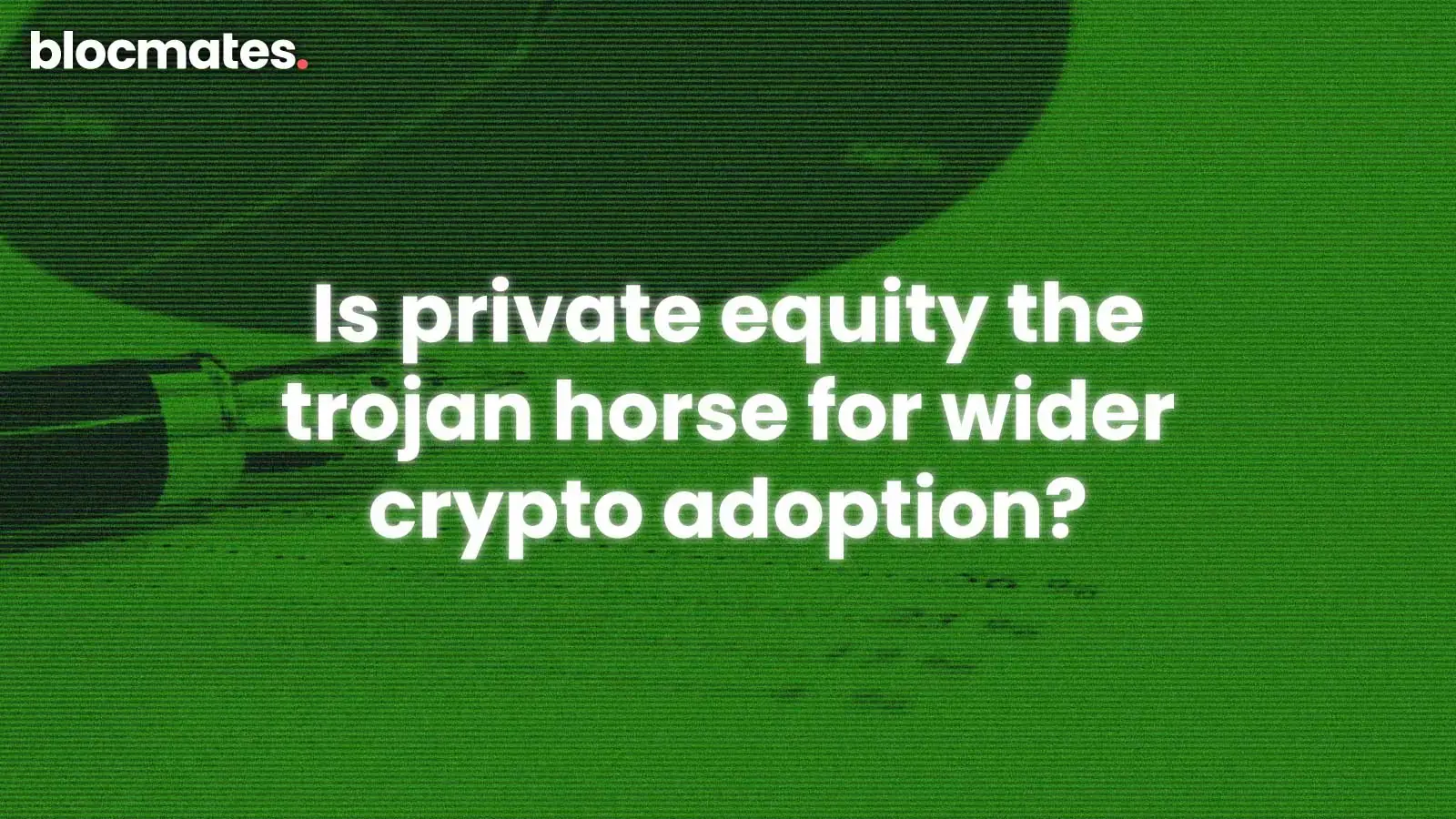
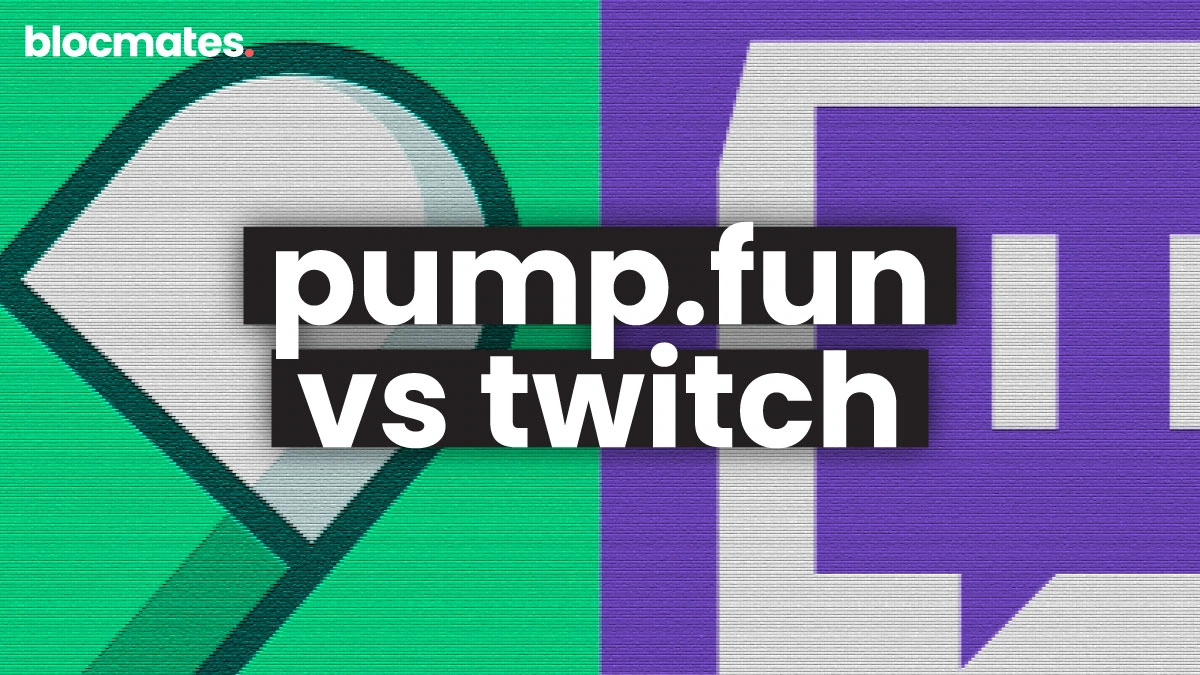

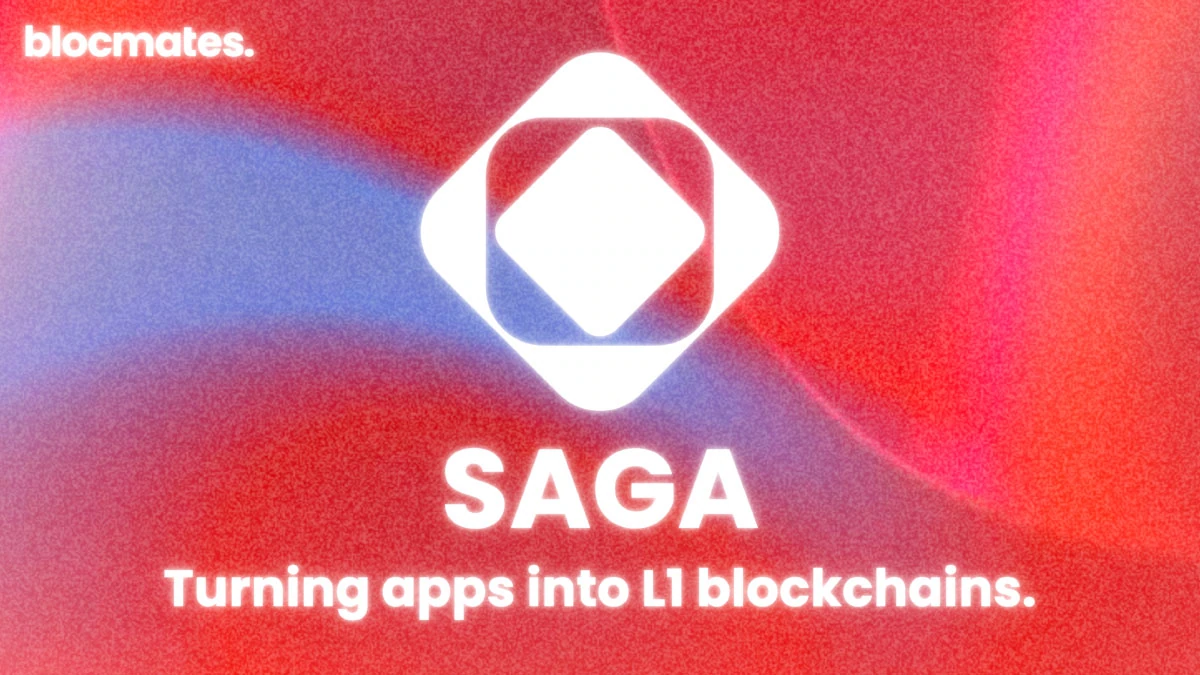
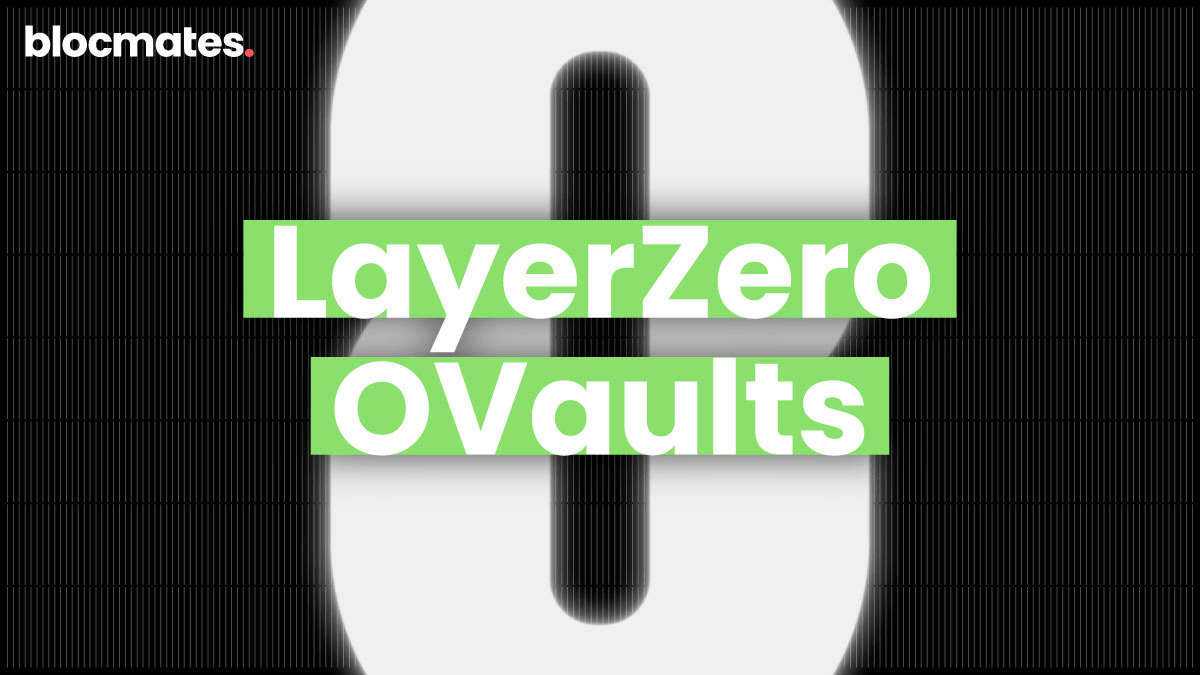
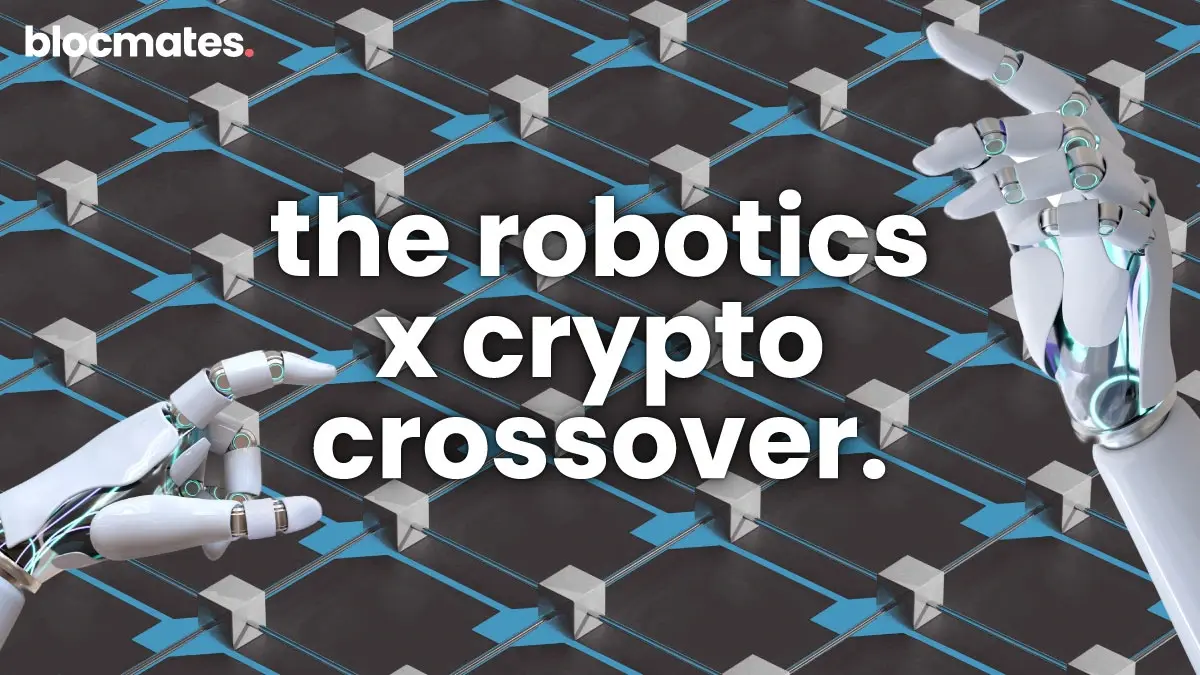
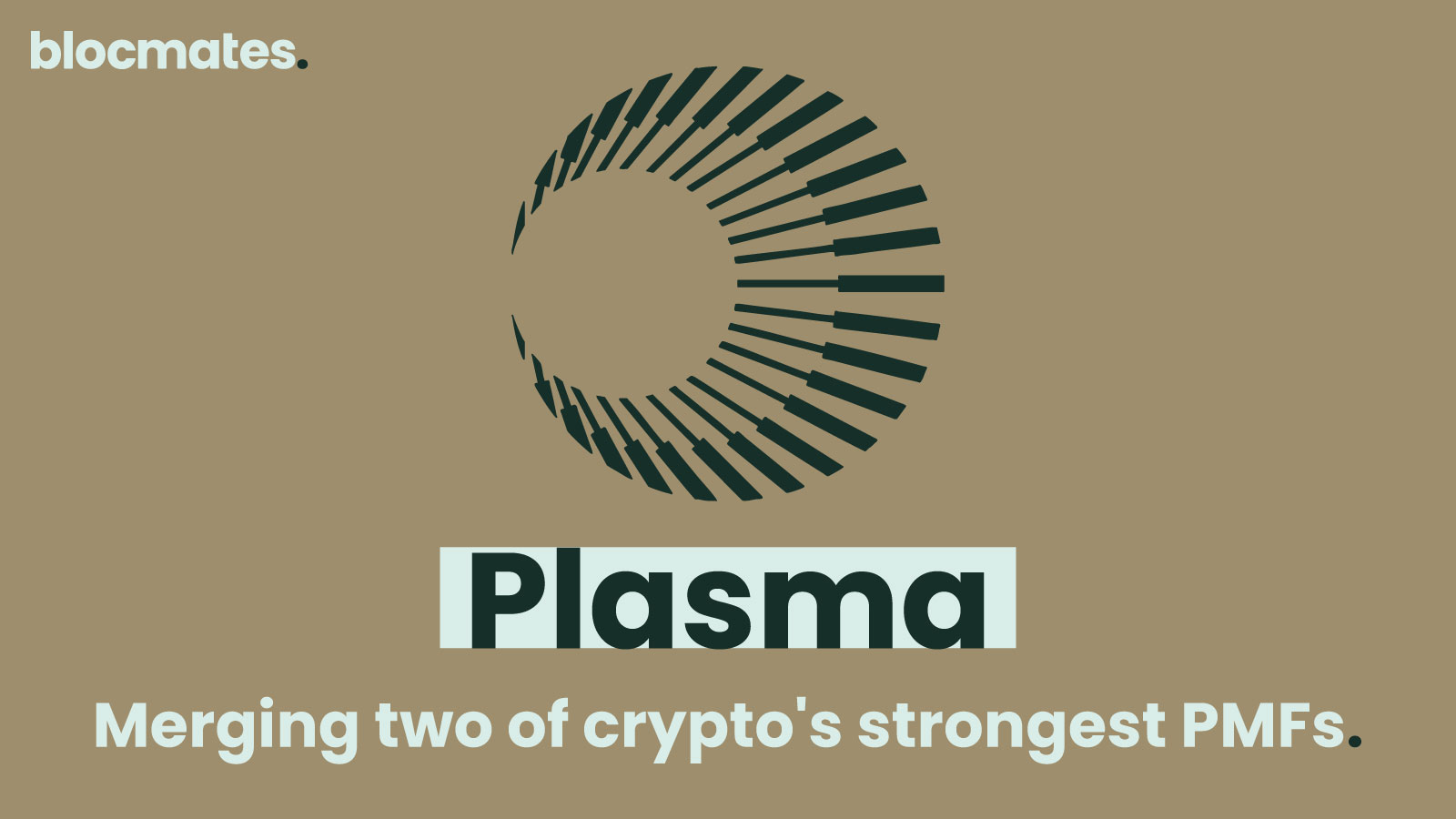
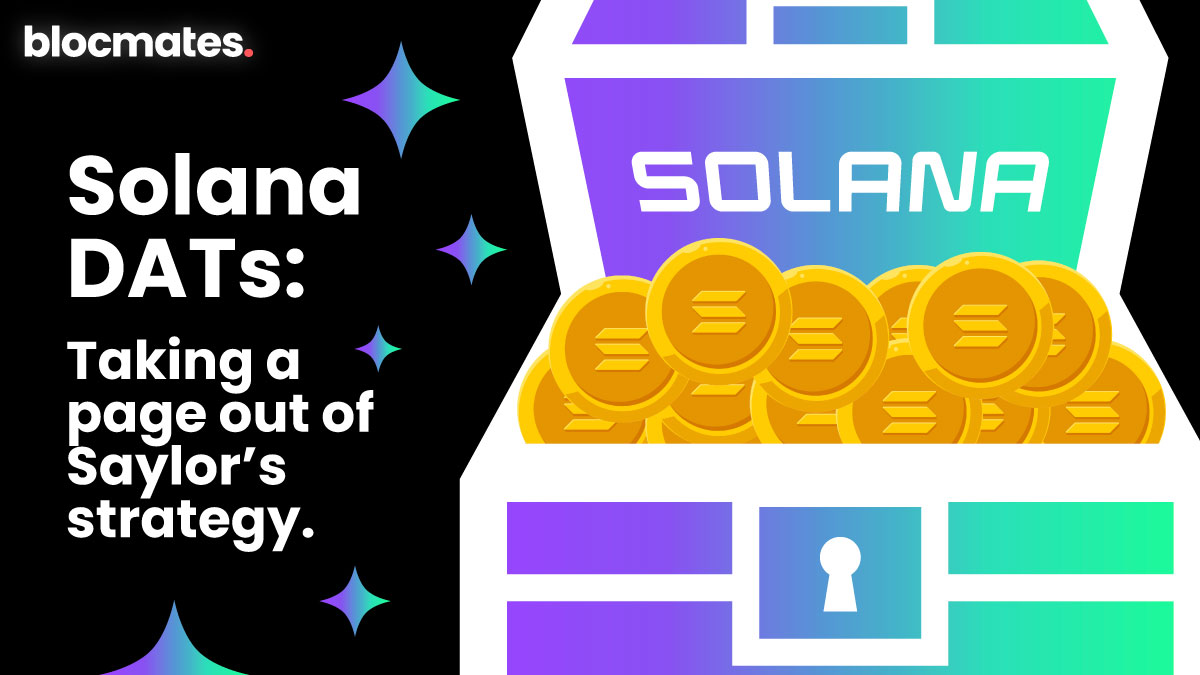
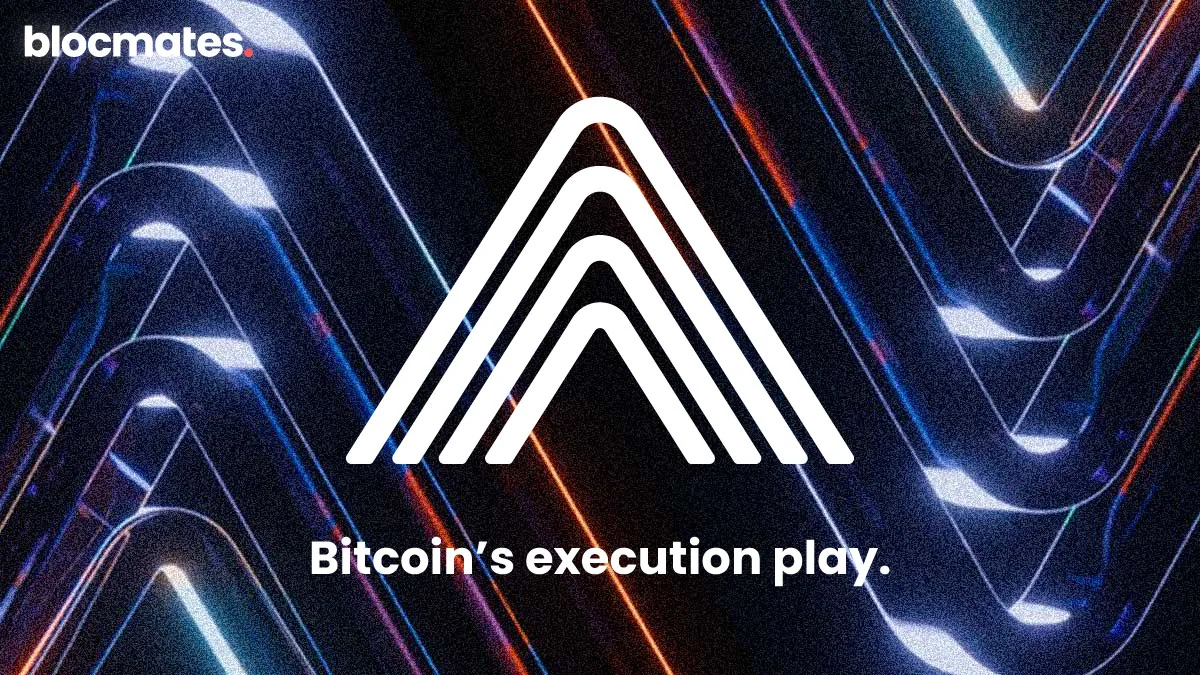
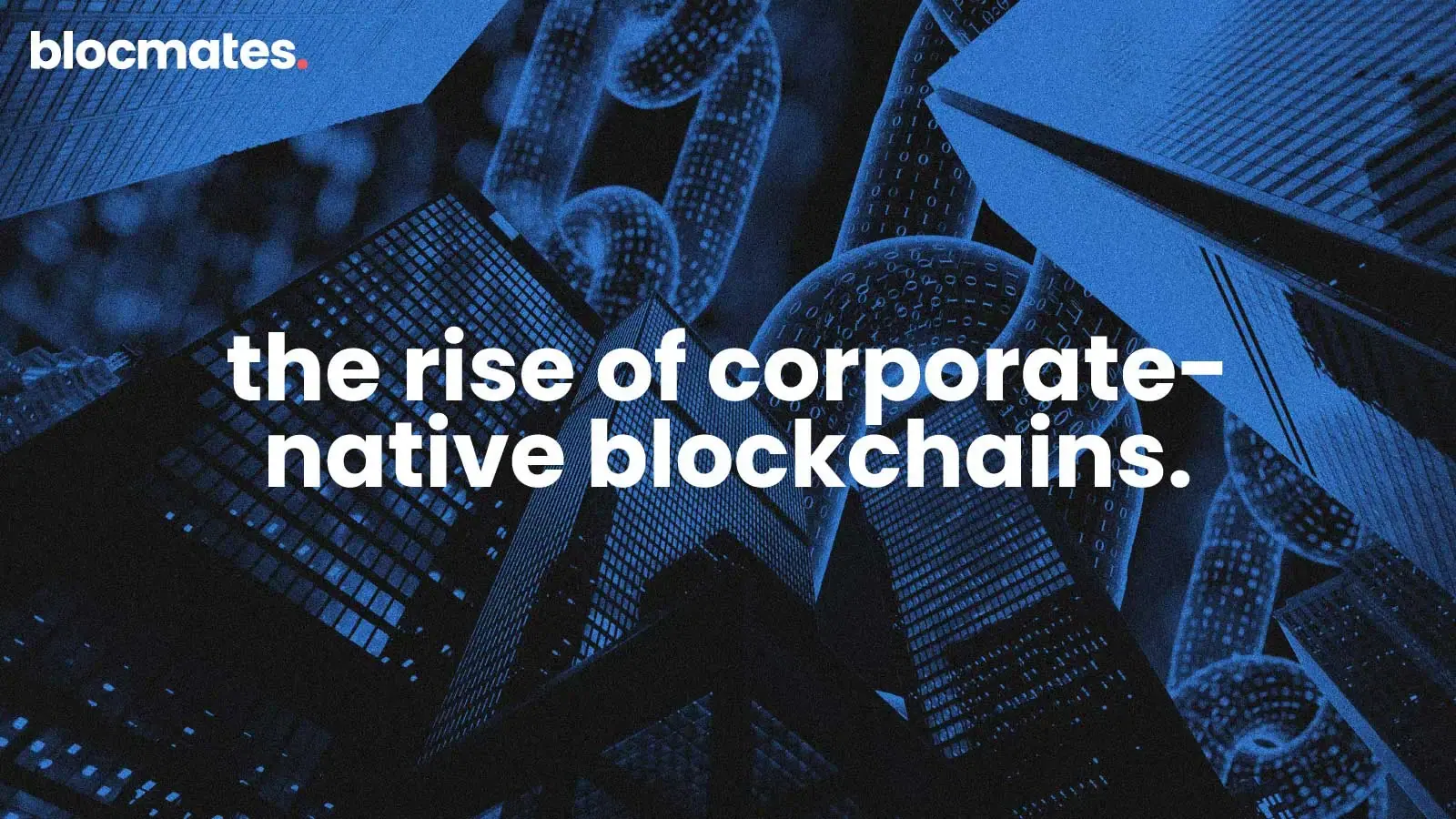
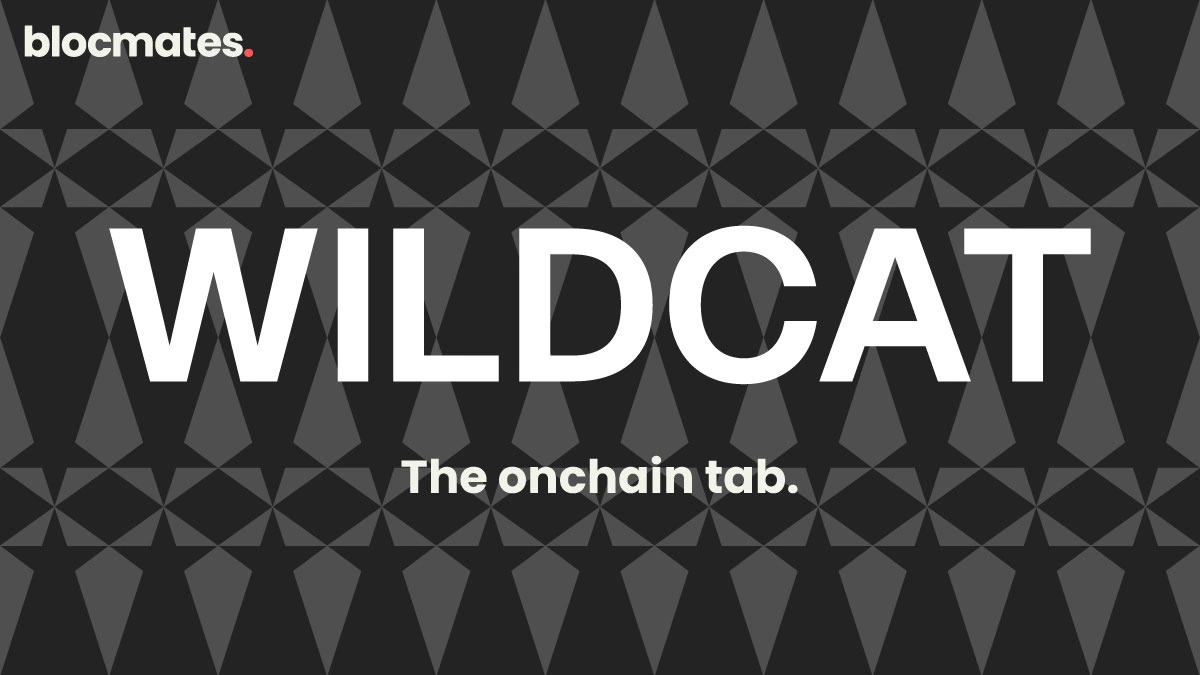
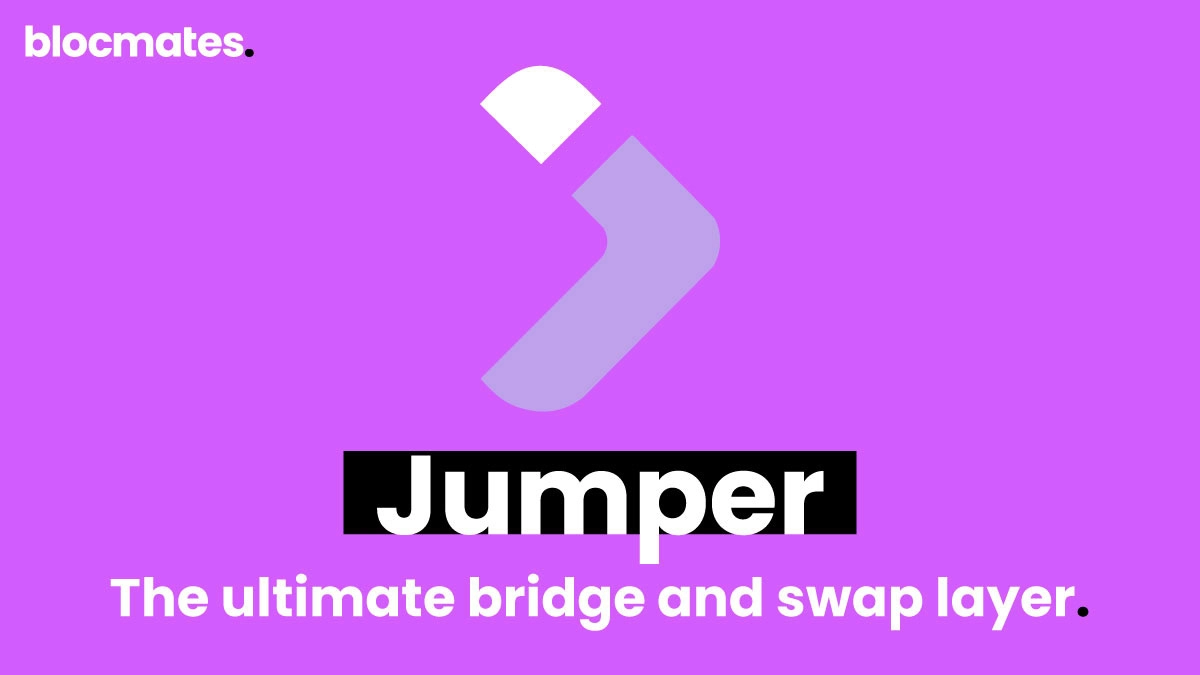
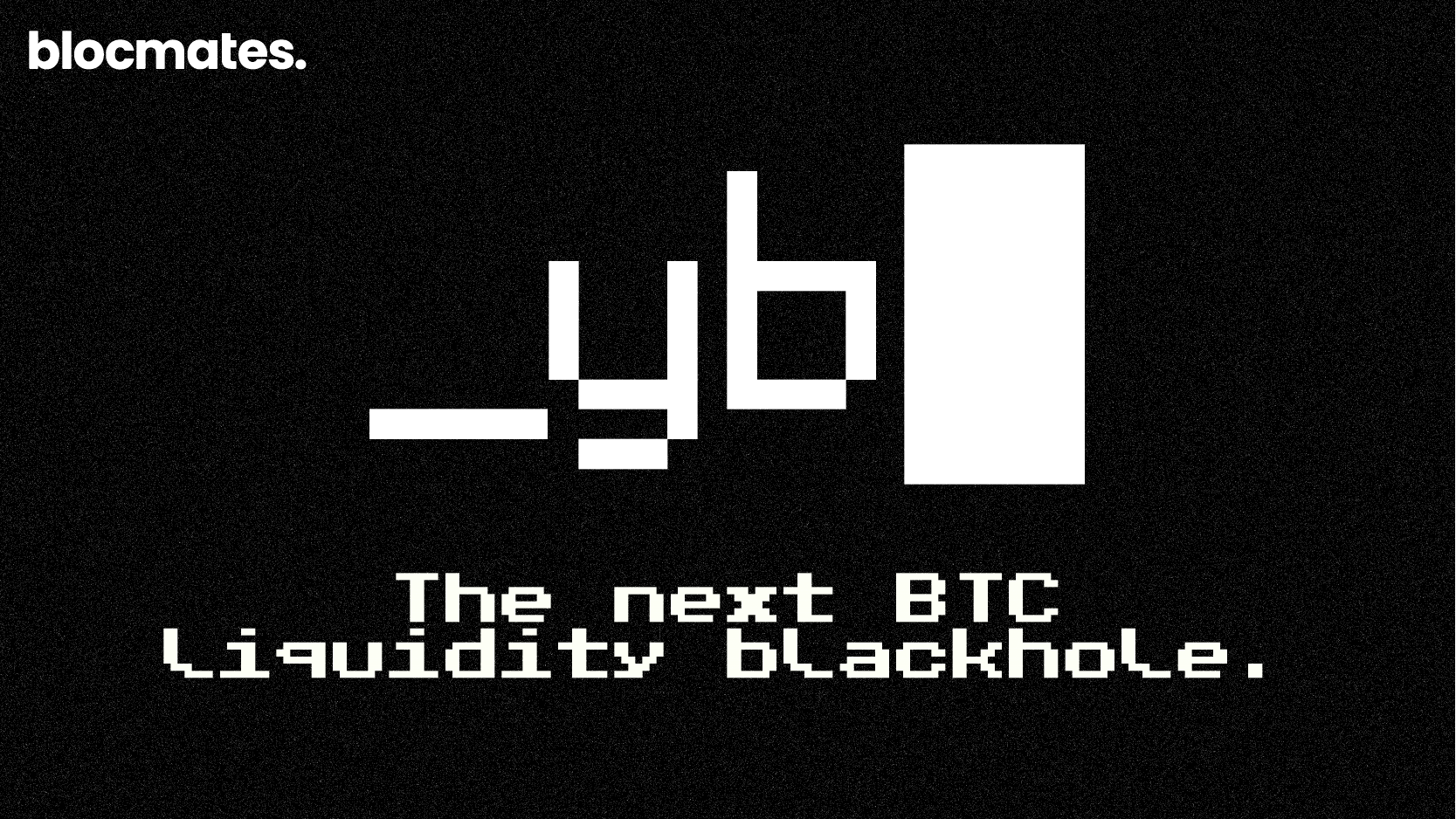
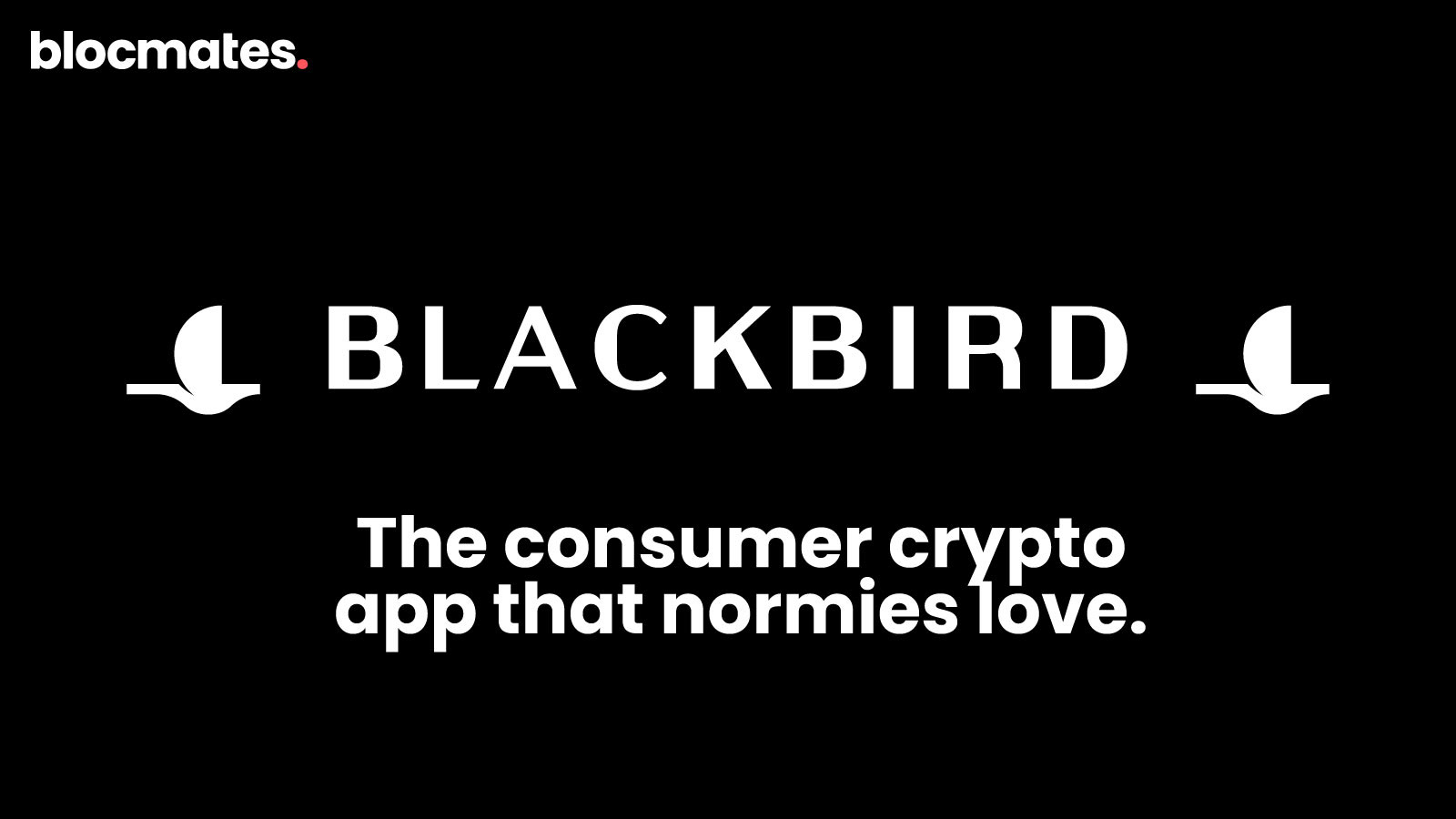


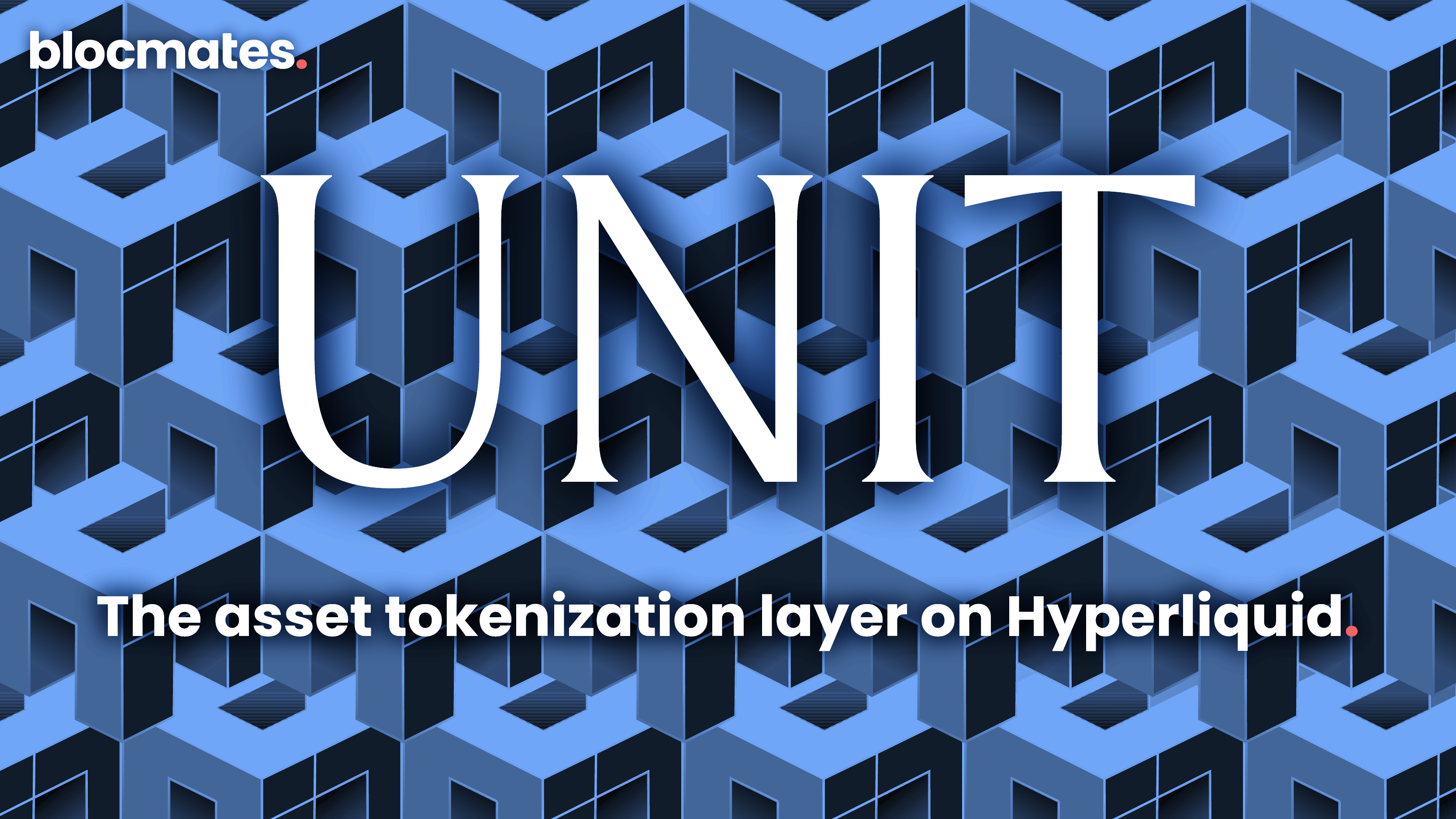


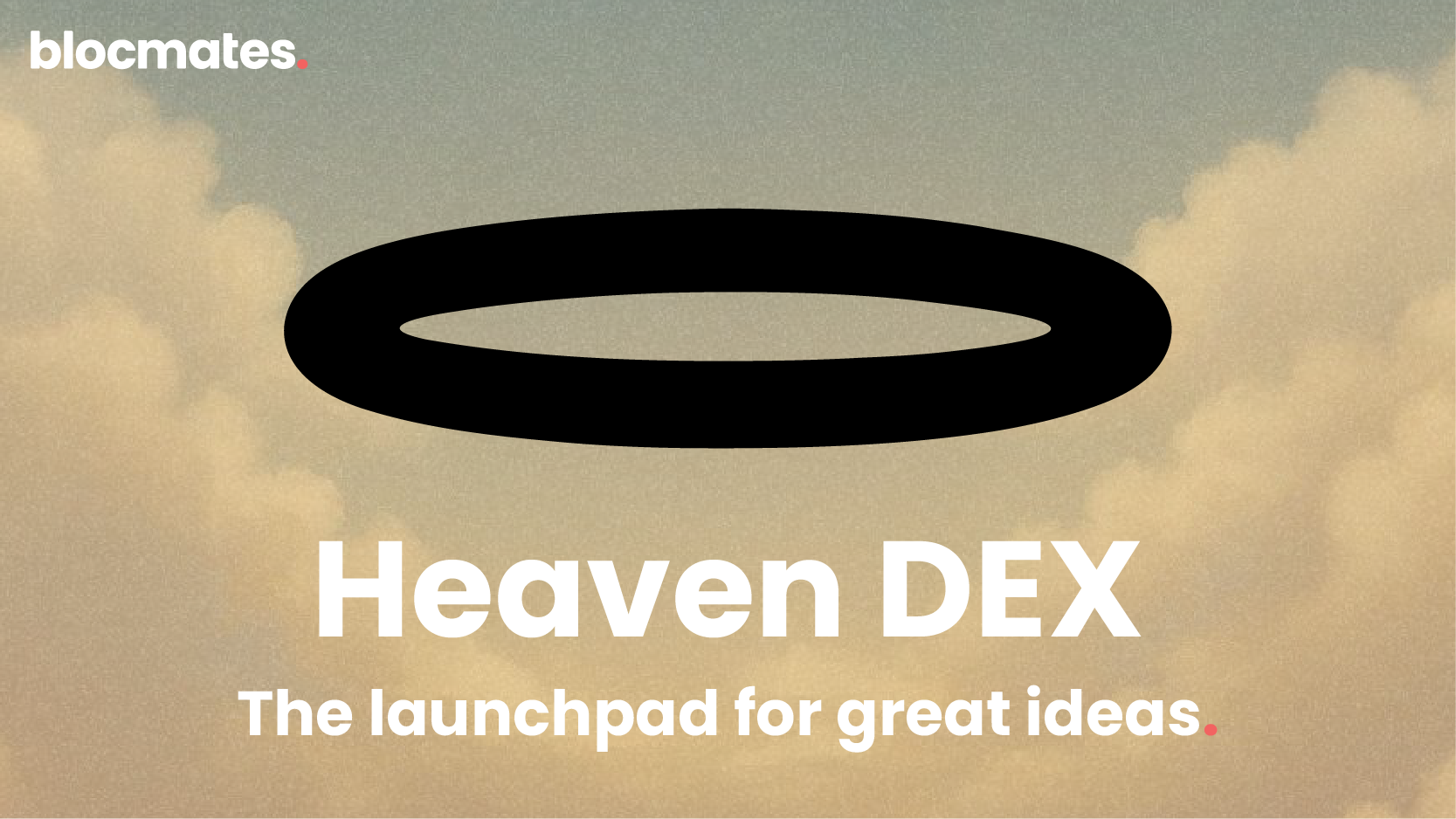
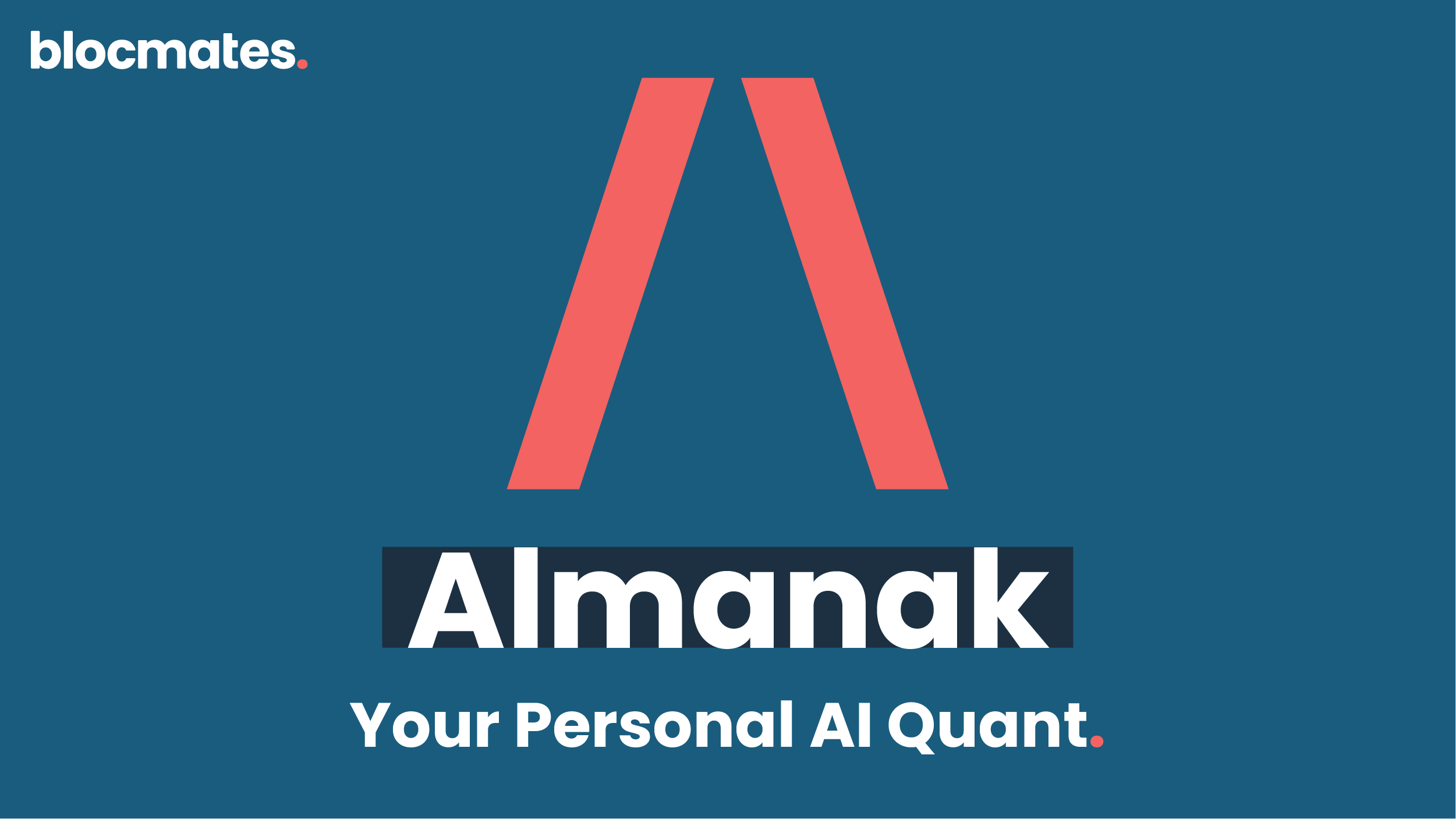
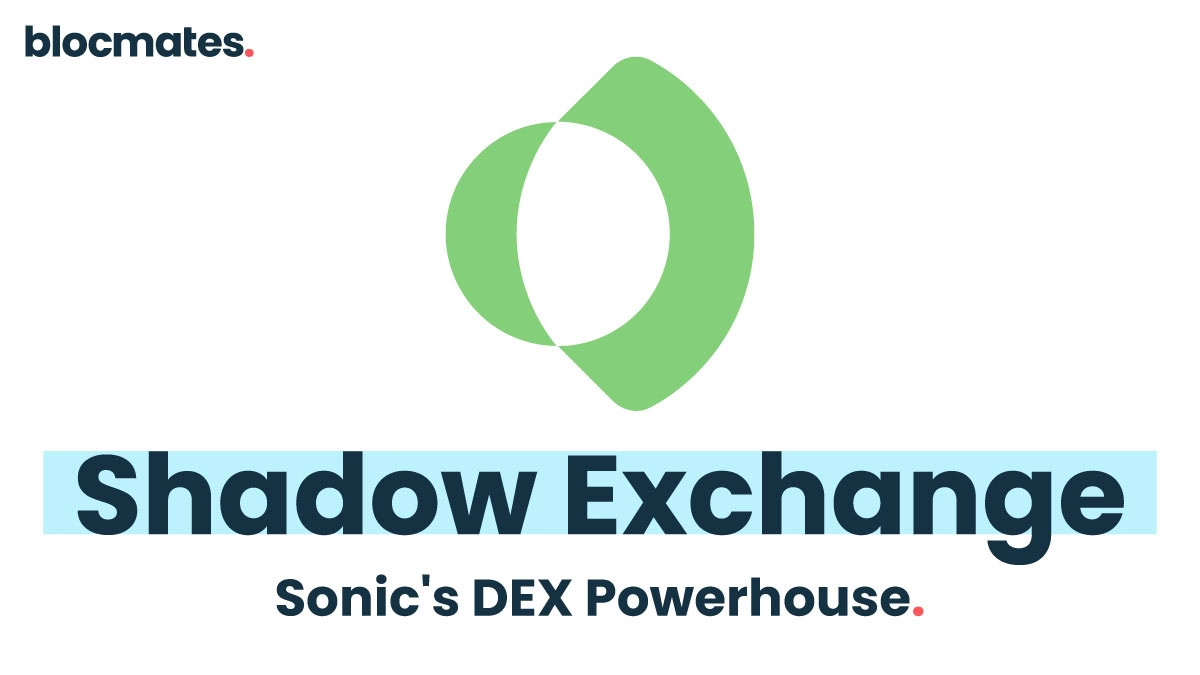
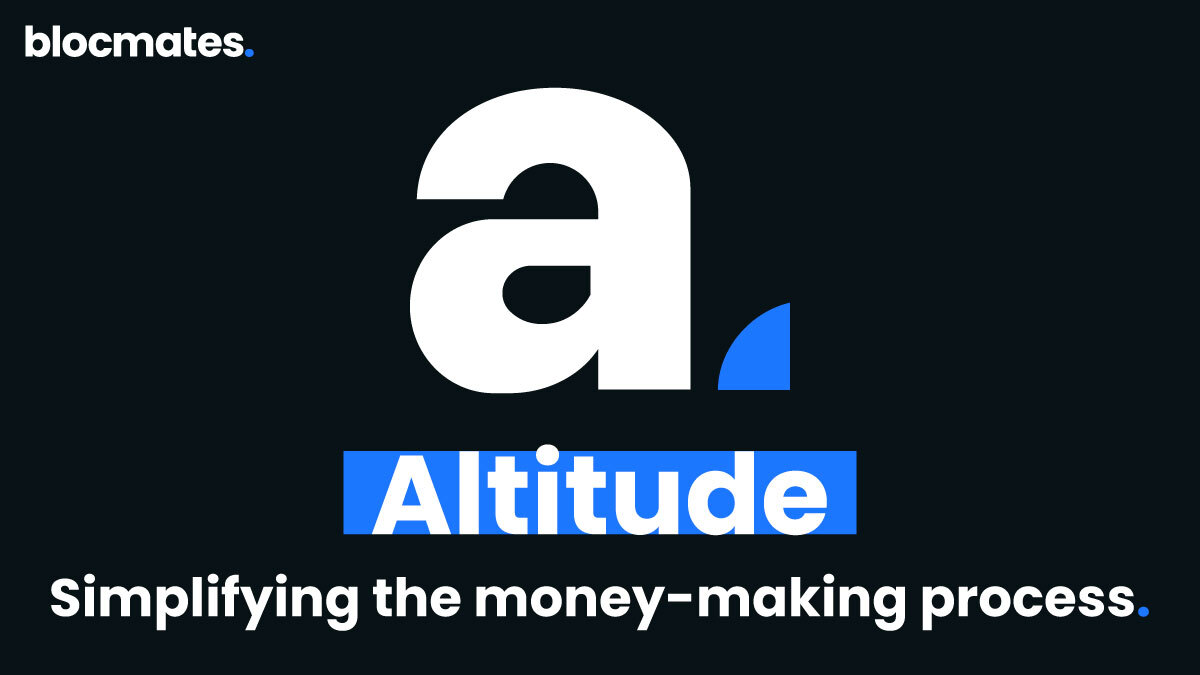
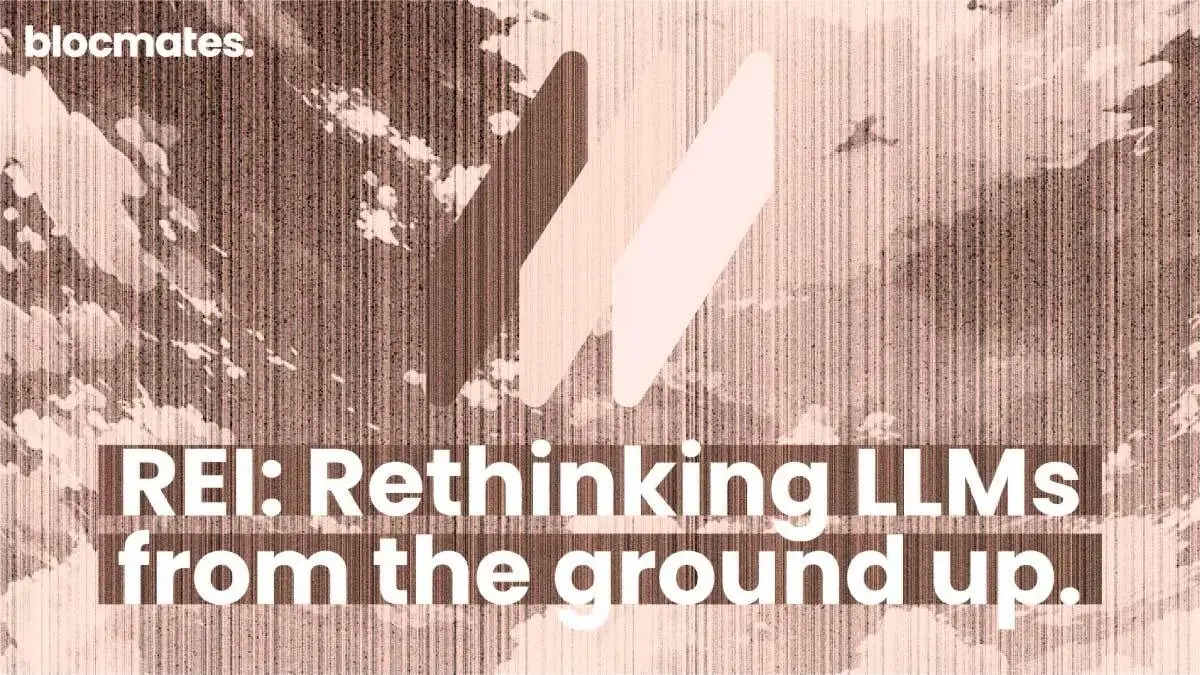
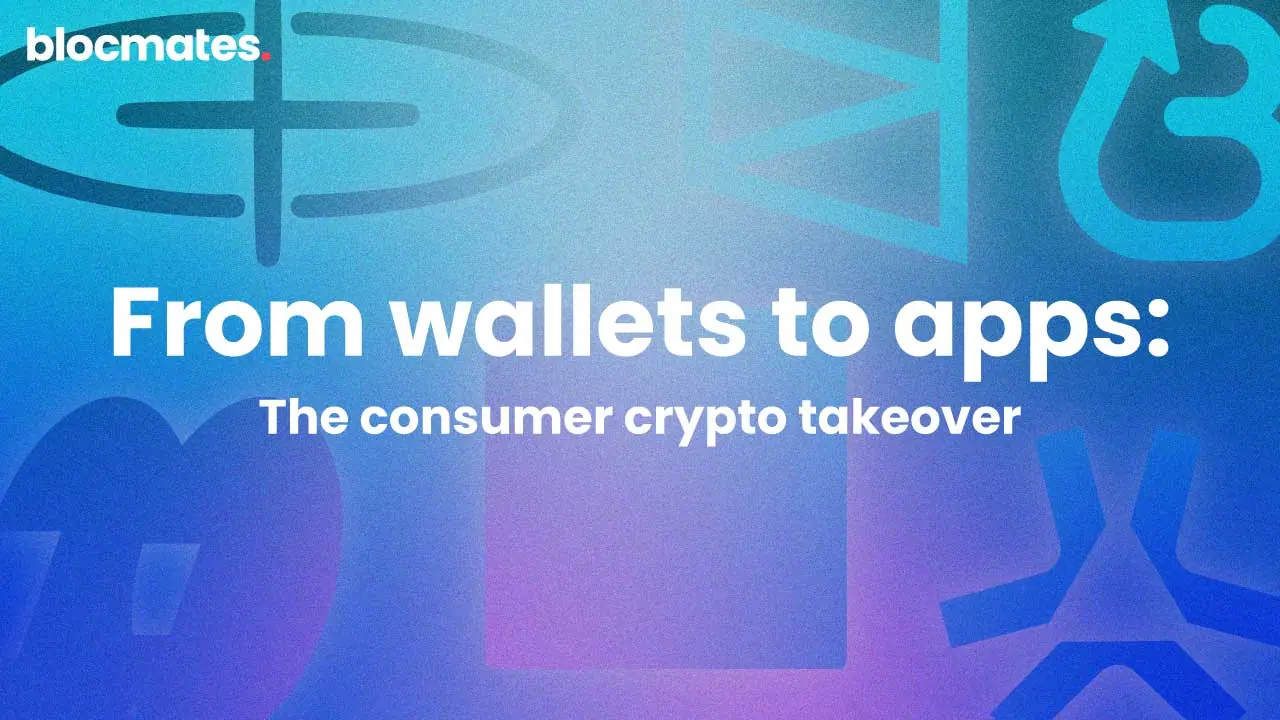
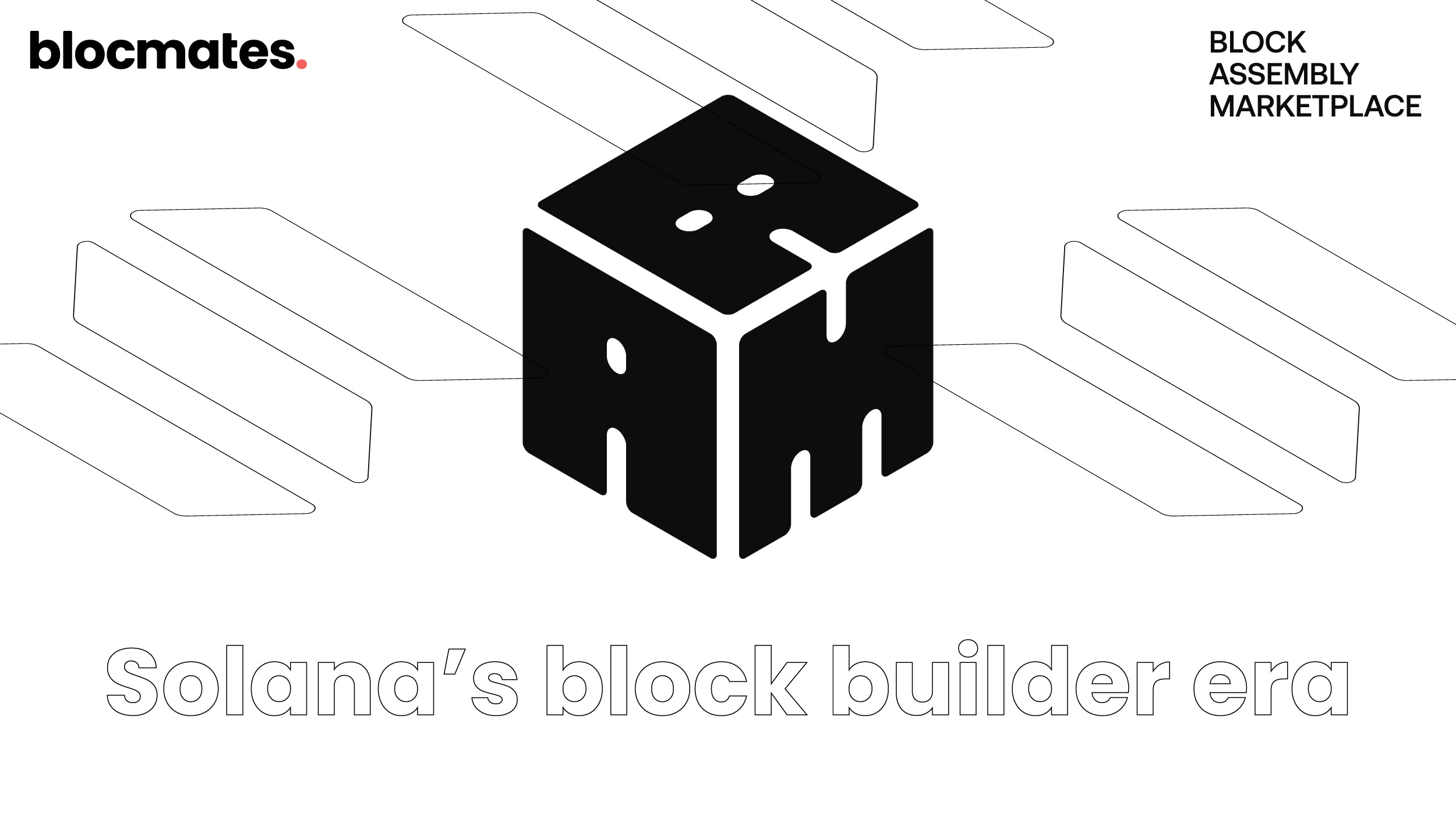



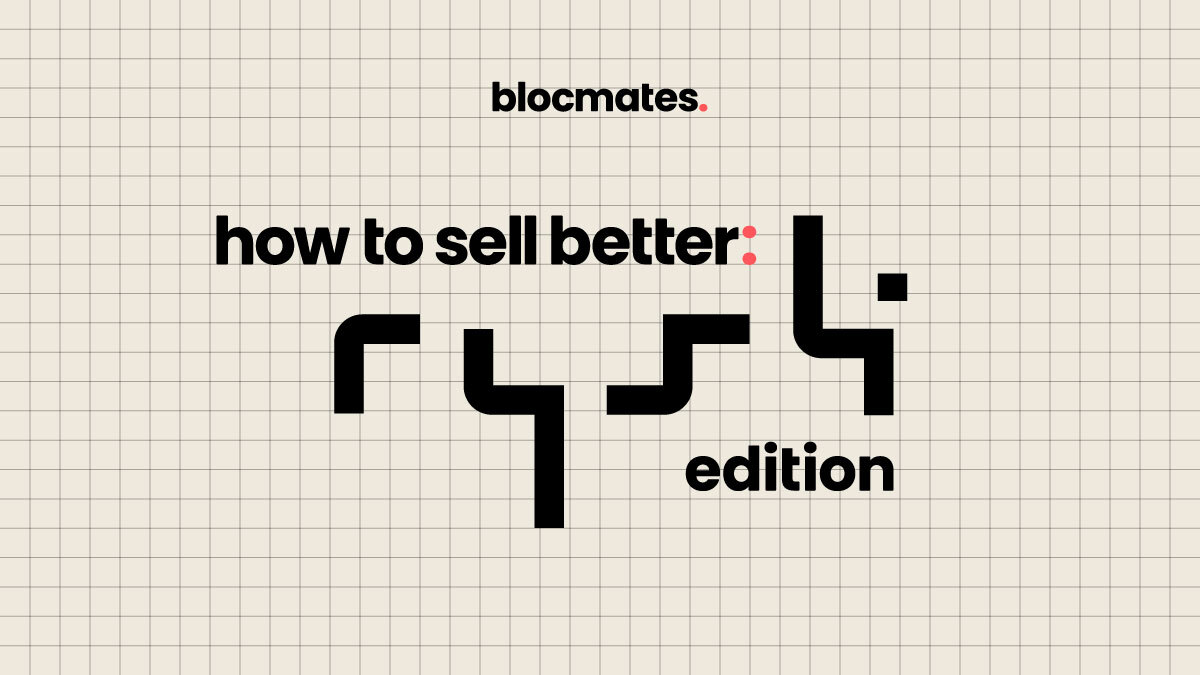


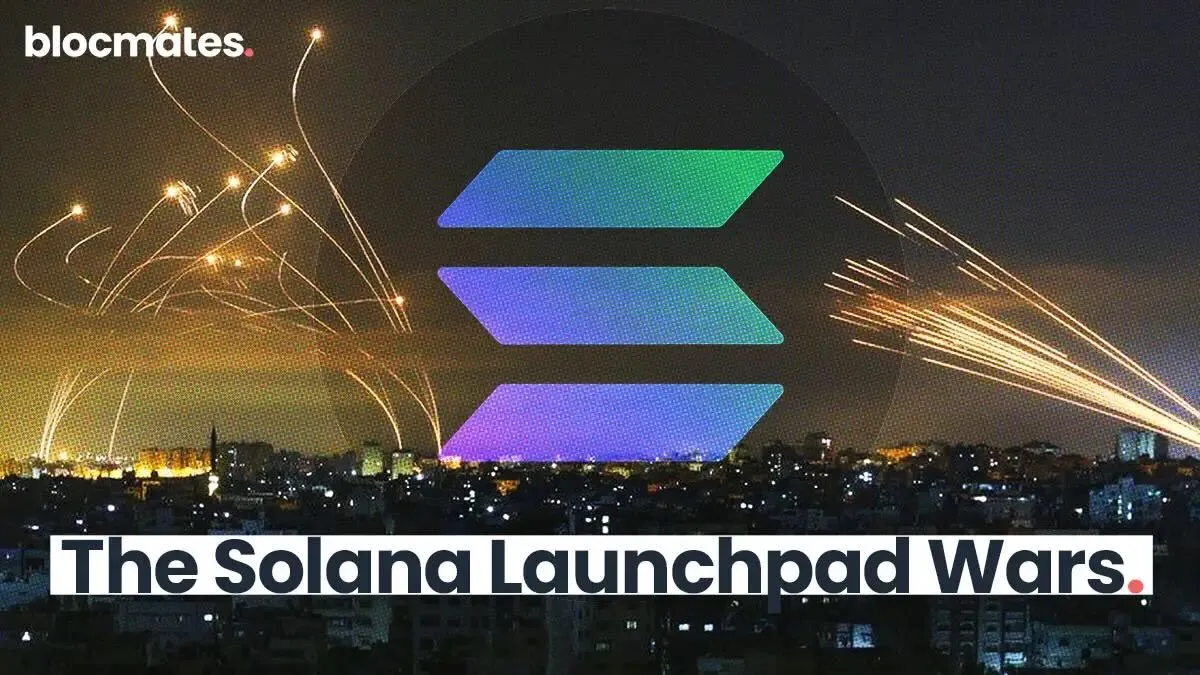



















%202.webp)


.webp)

.webp)
.webp)
.webp)


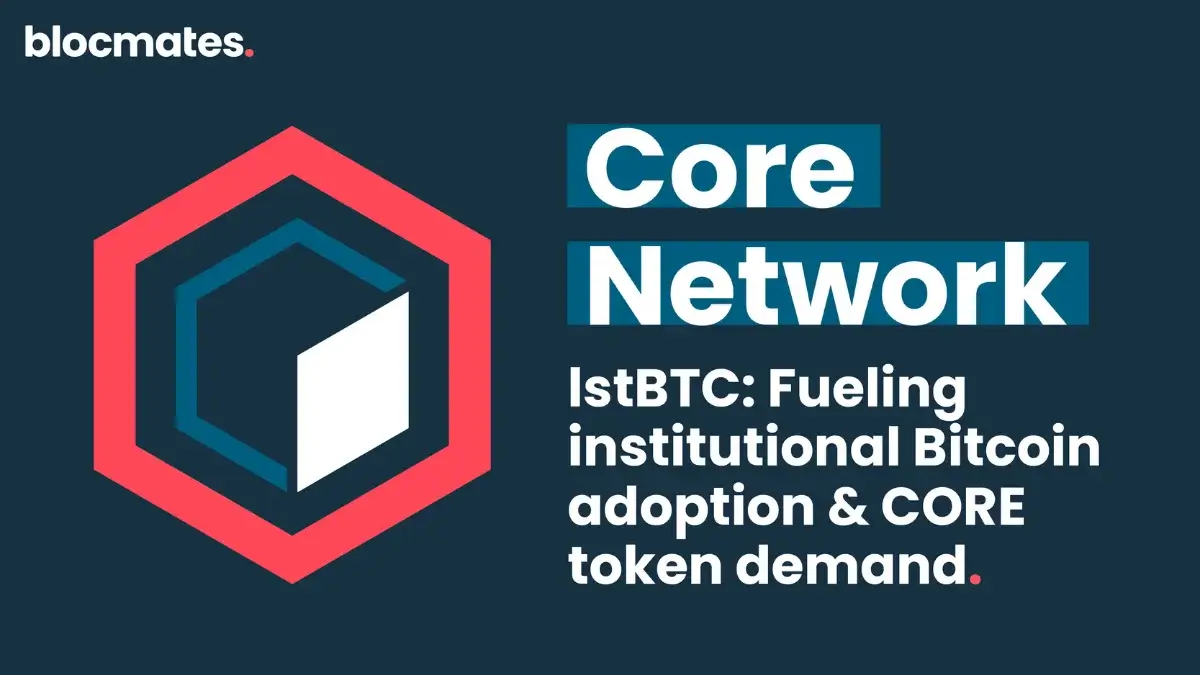
.webp)

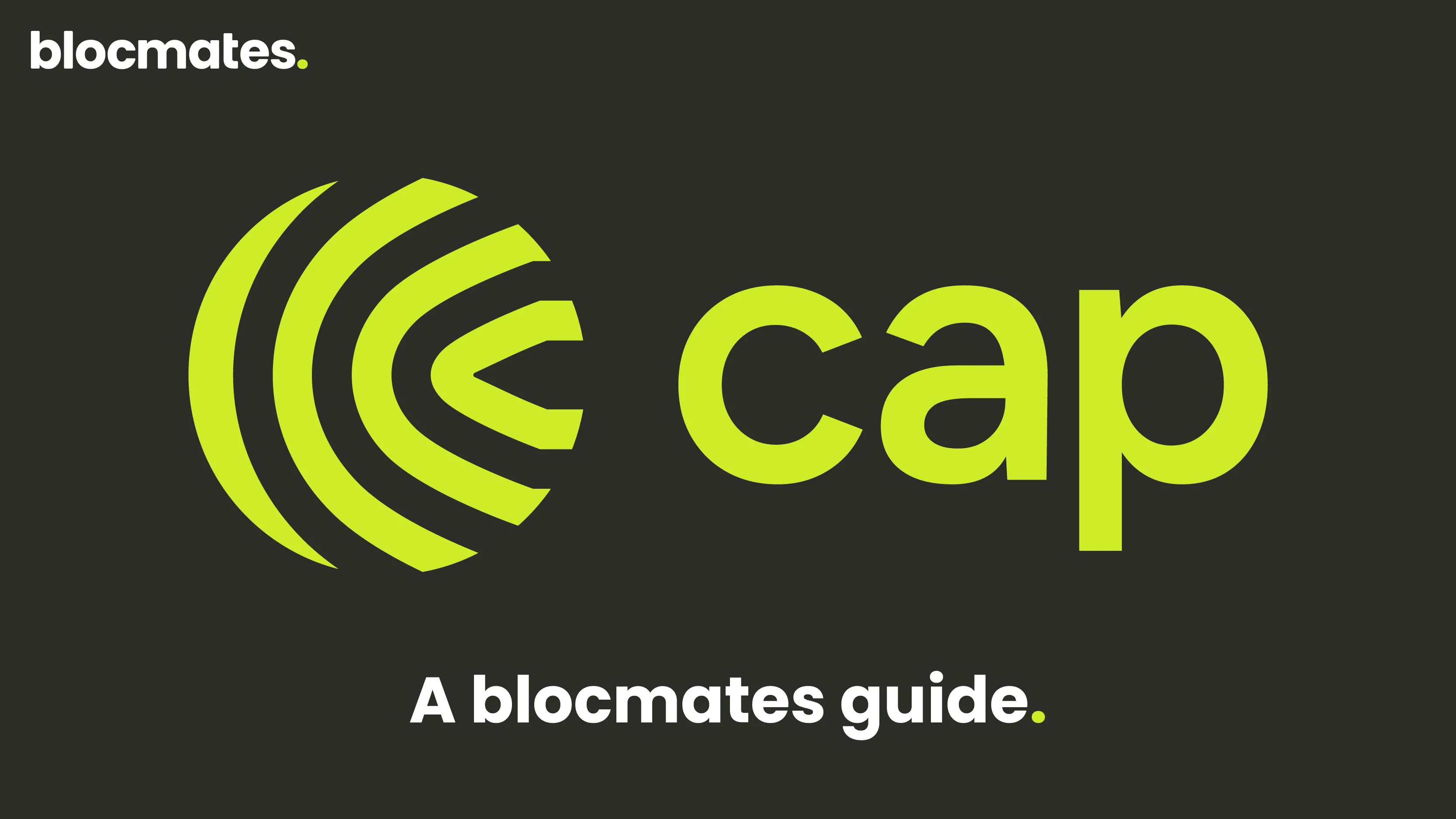










%20the%20Next%20Big%20Unlock%20in%20AI.webp)




.webp)
.webp)

.webp)
.webp)
.webp)


.webp)
.webp)










.webp)


.webp)






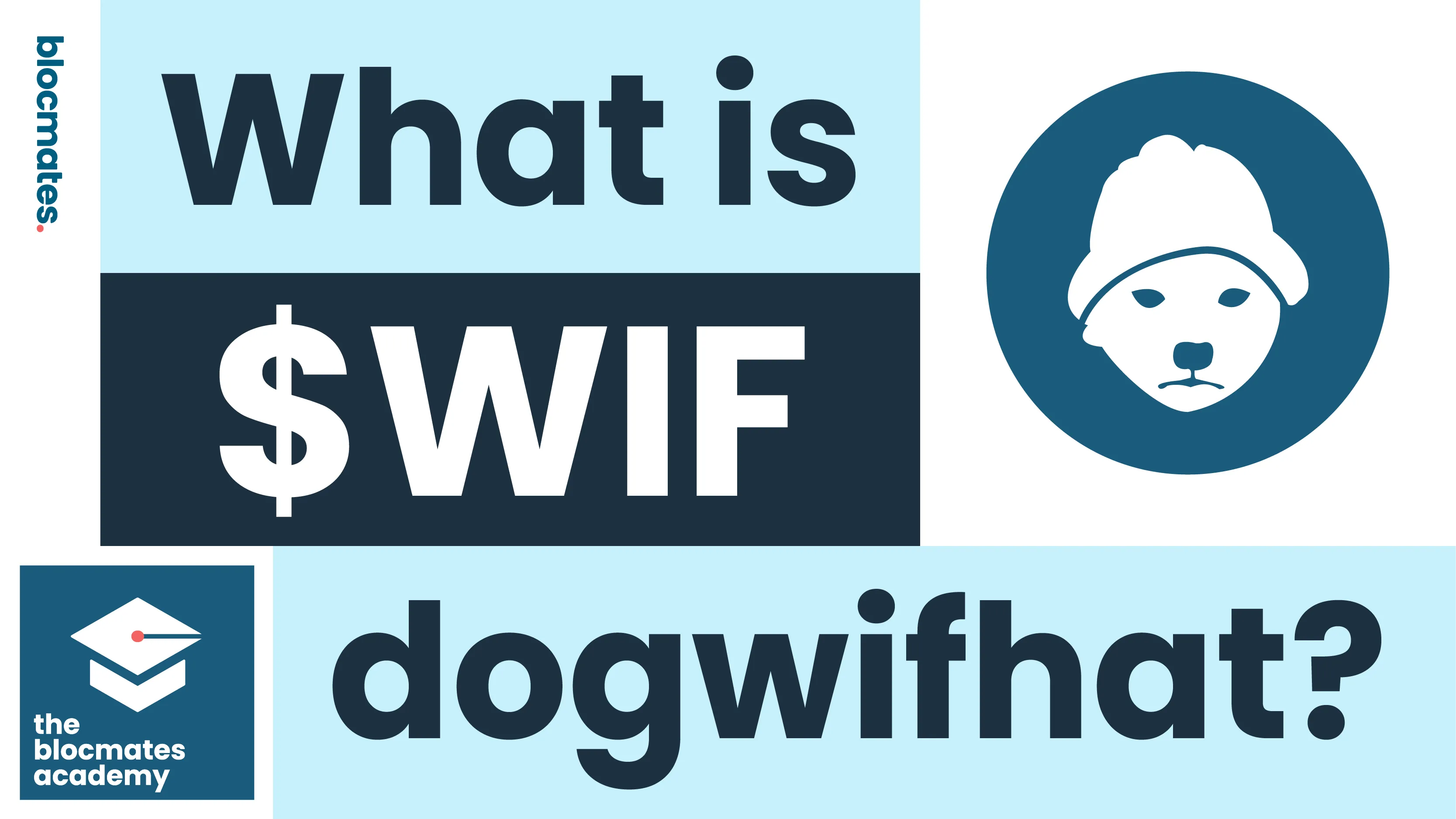


.webp)







.webp)
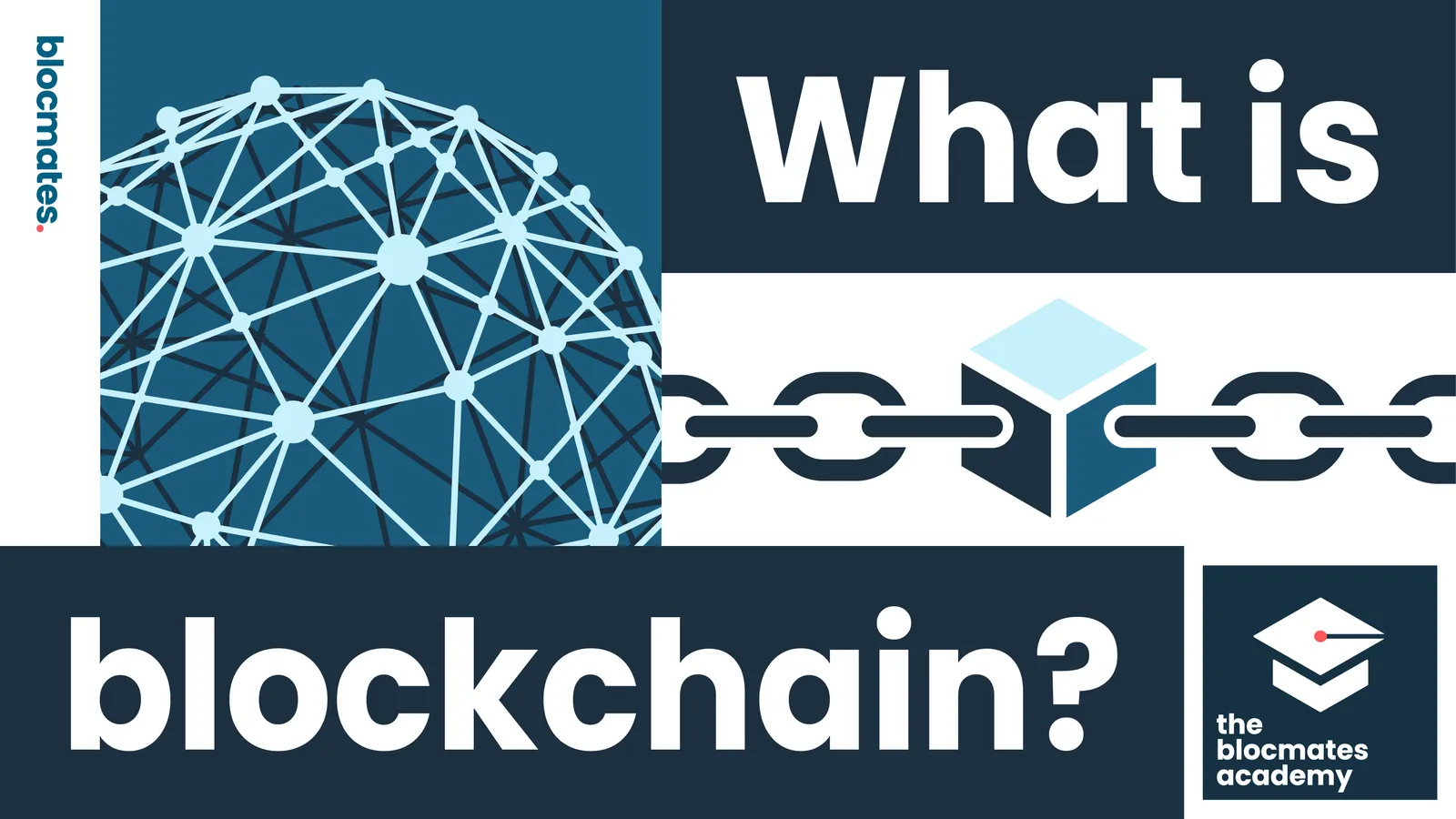



.webp)









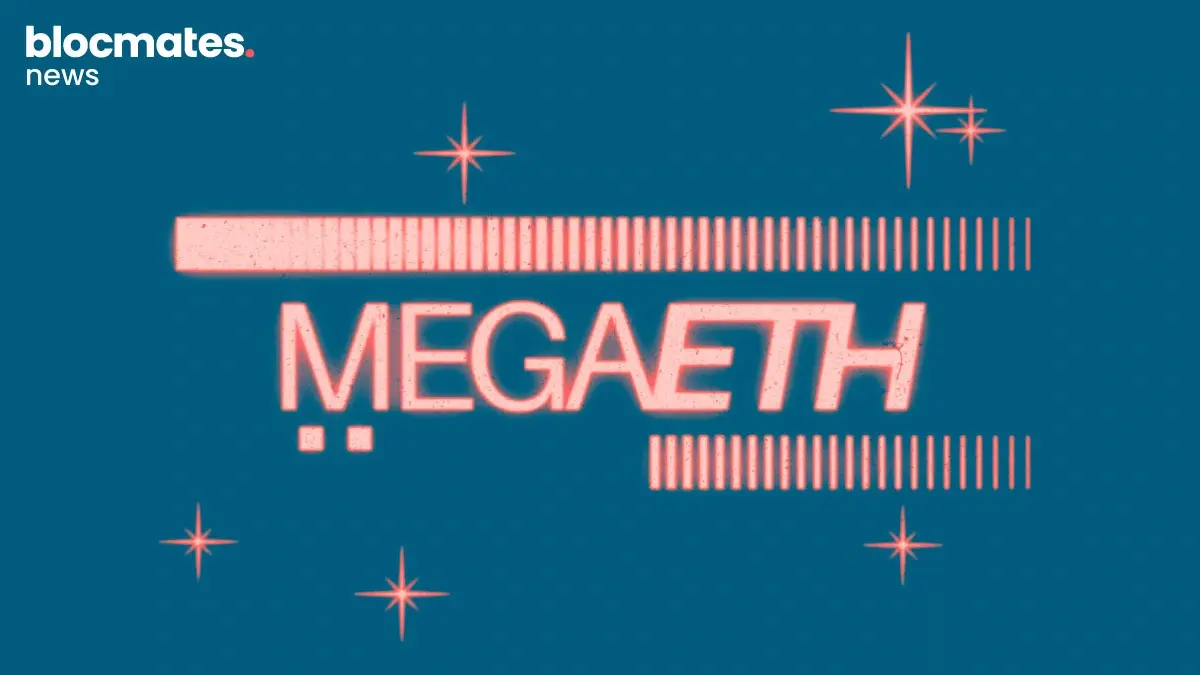






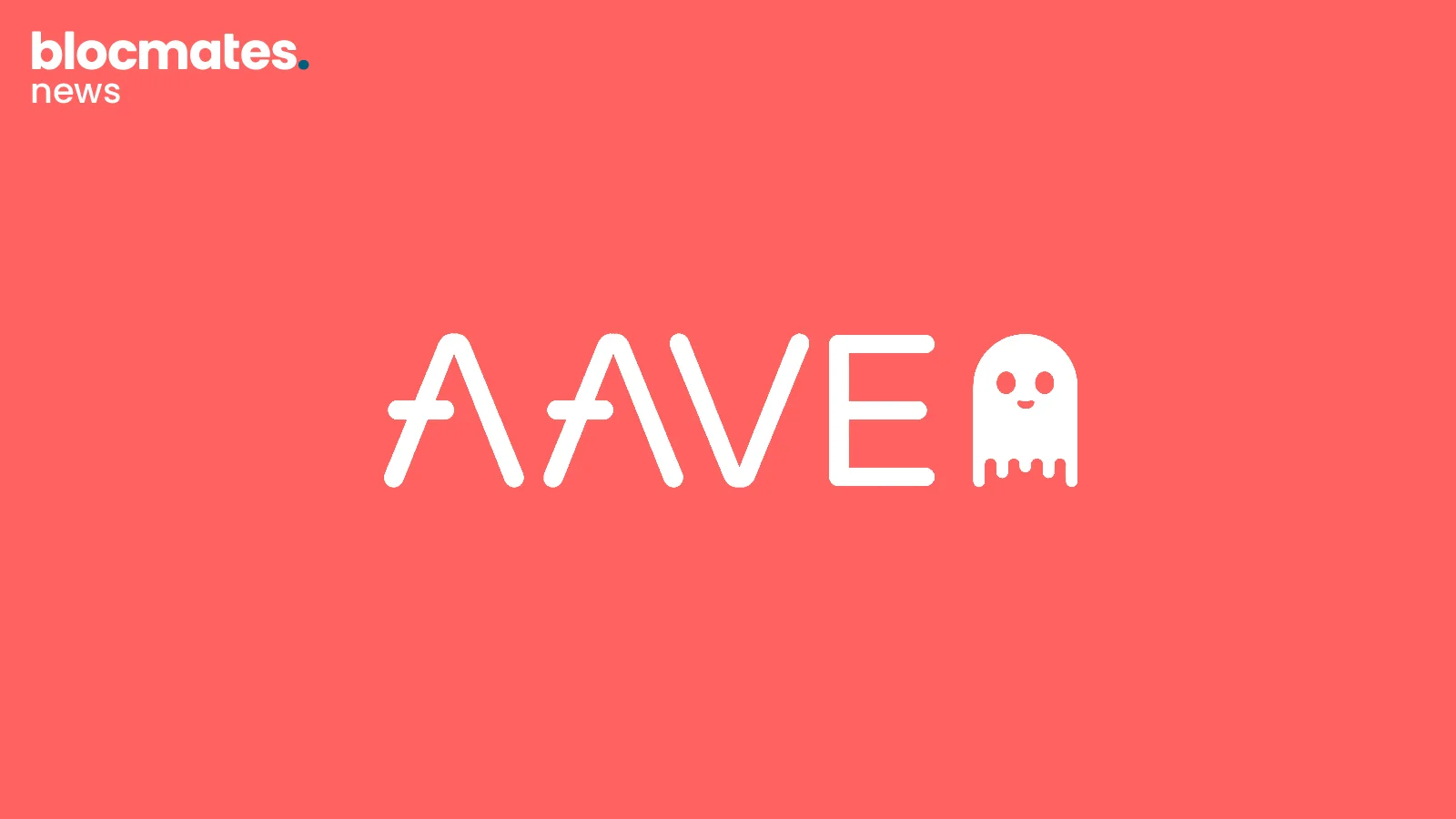

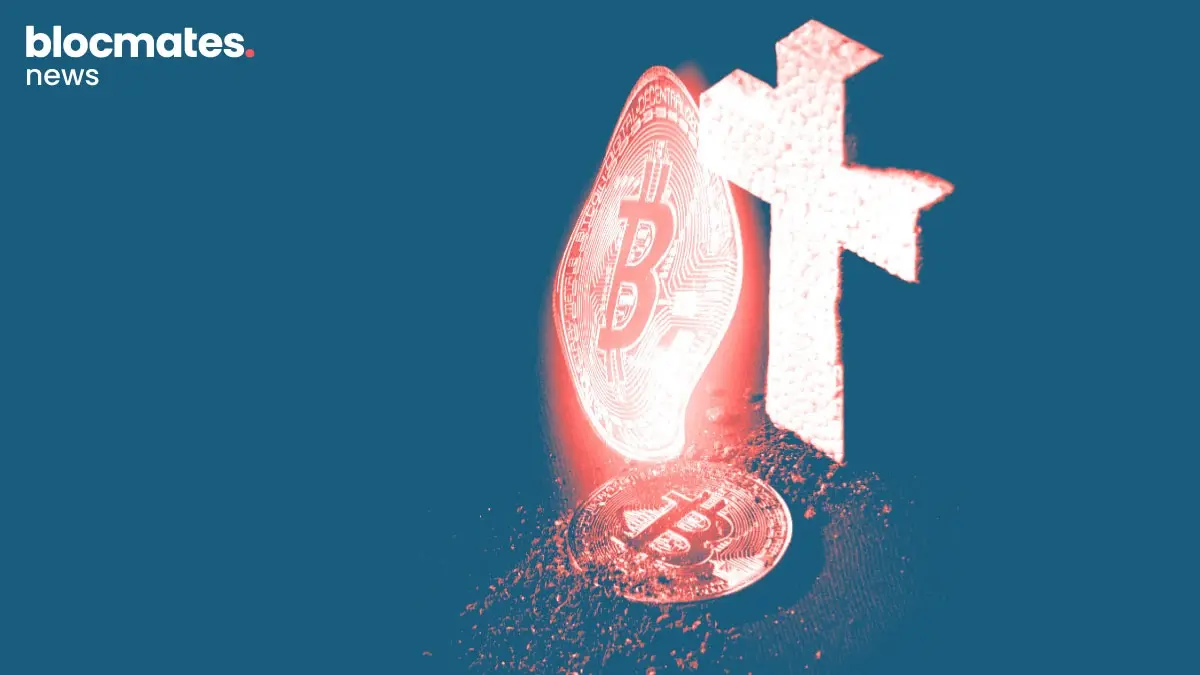







.webp)







.webp)





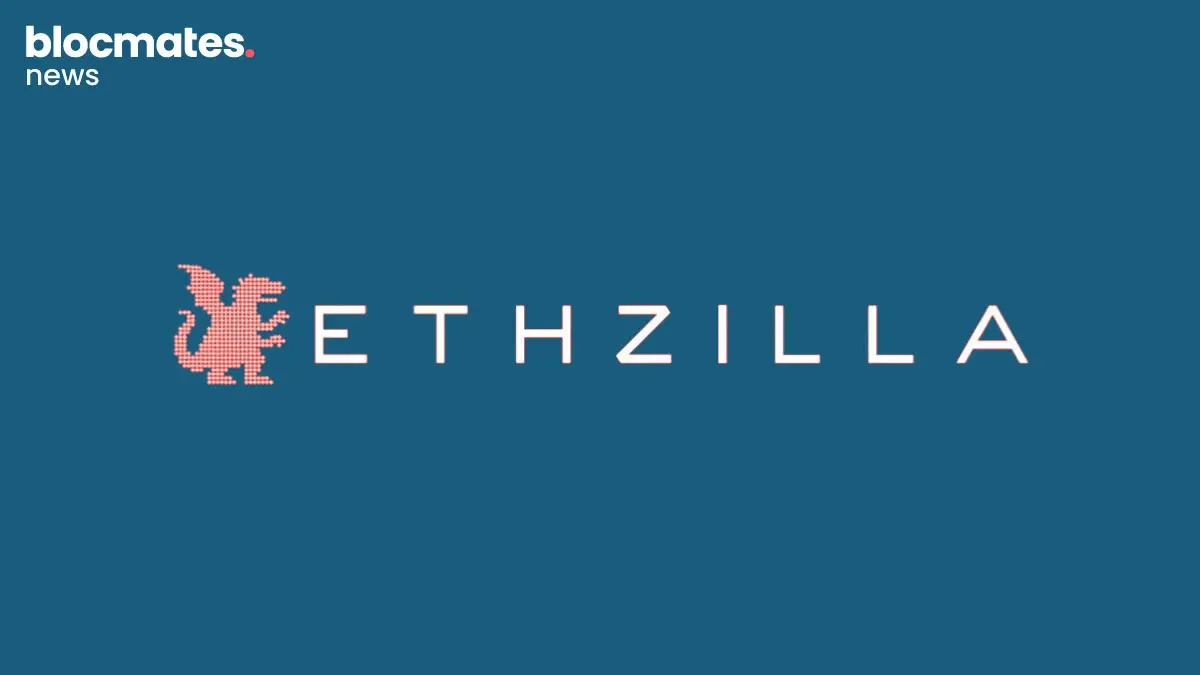
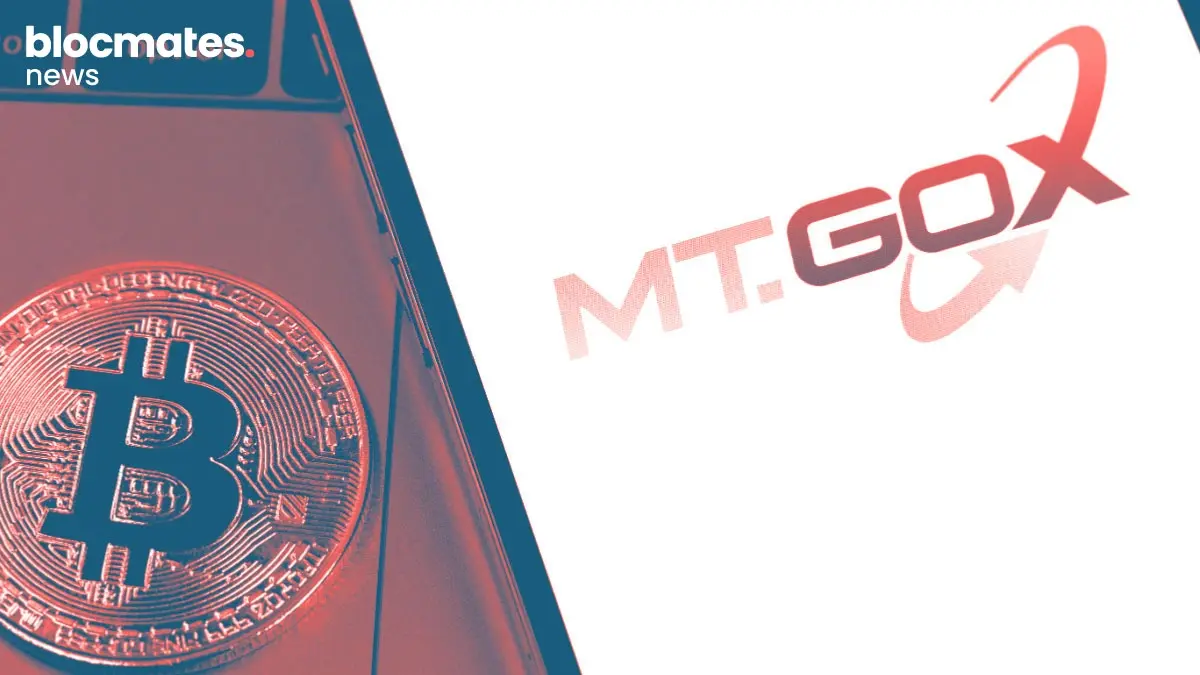

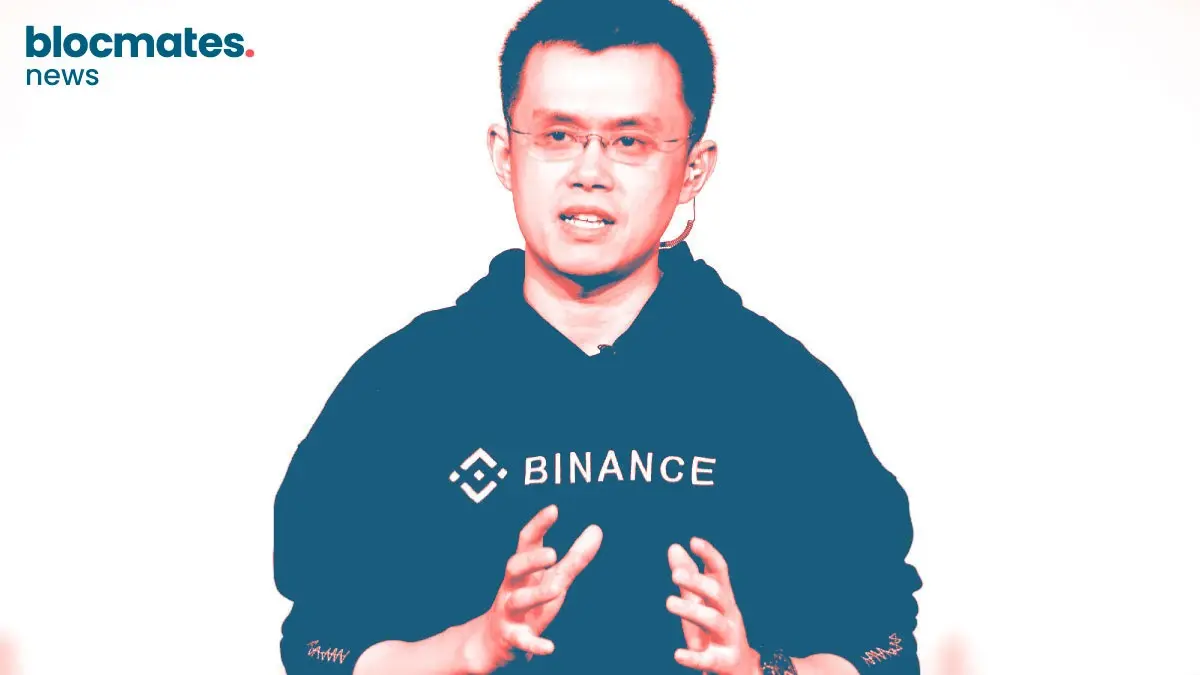


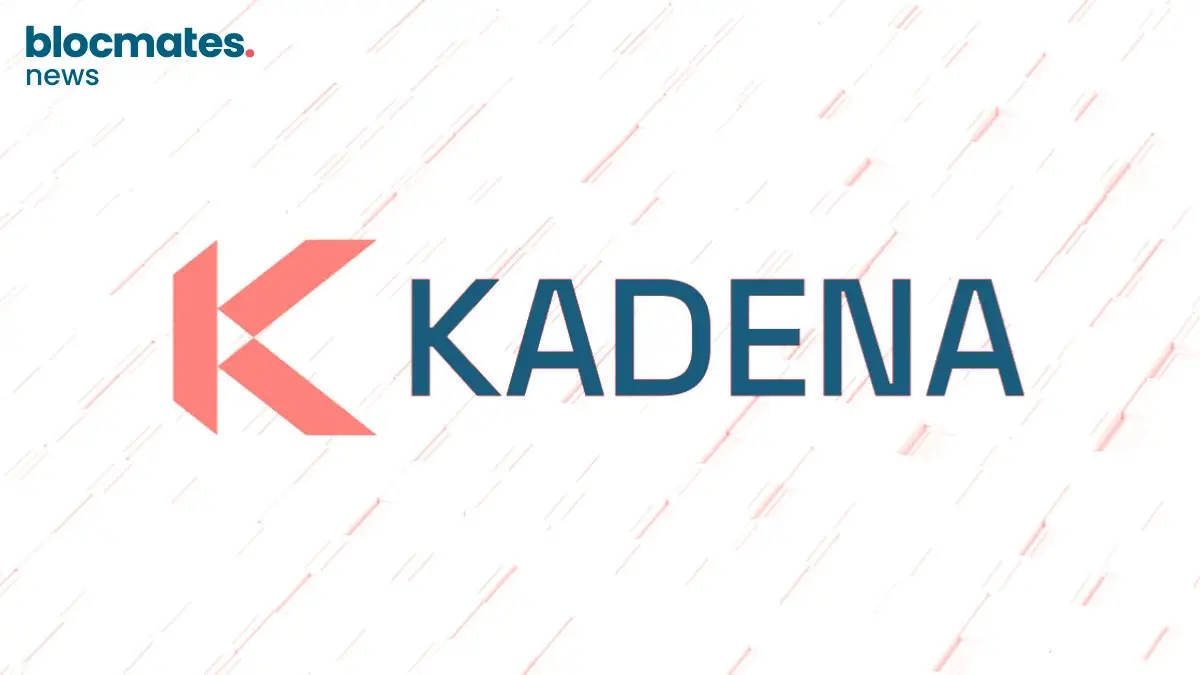


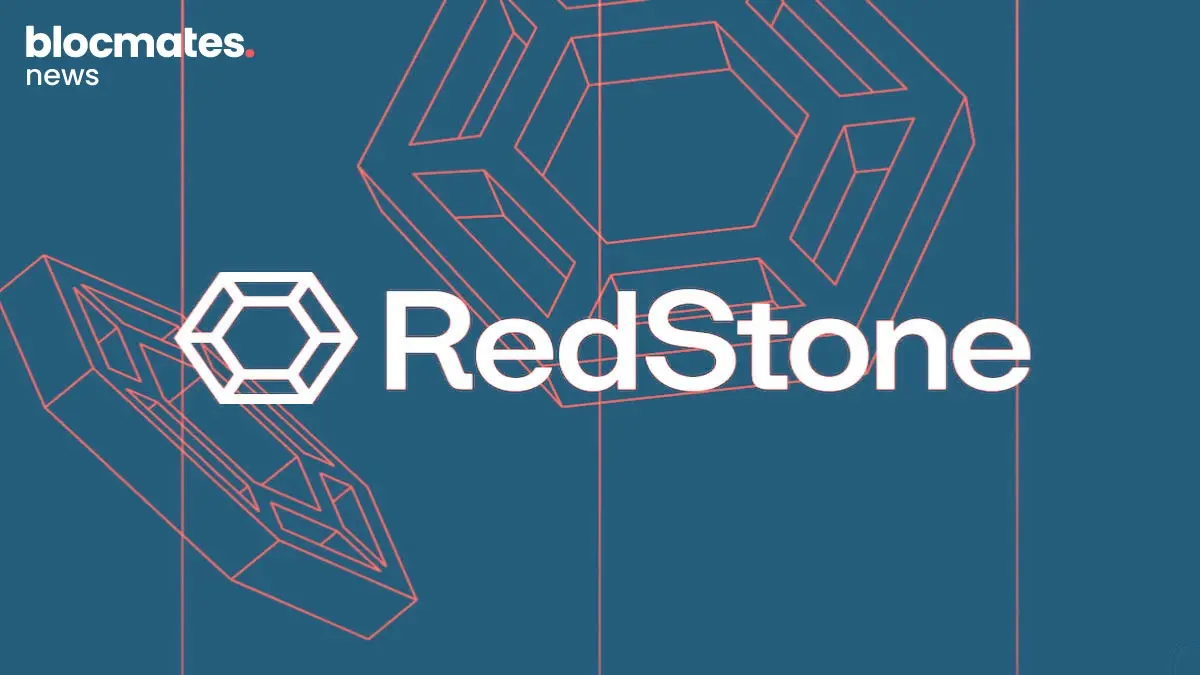
.webp)

.webp)
.webp)

.webp)



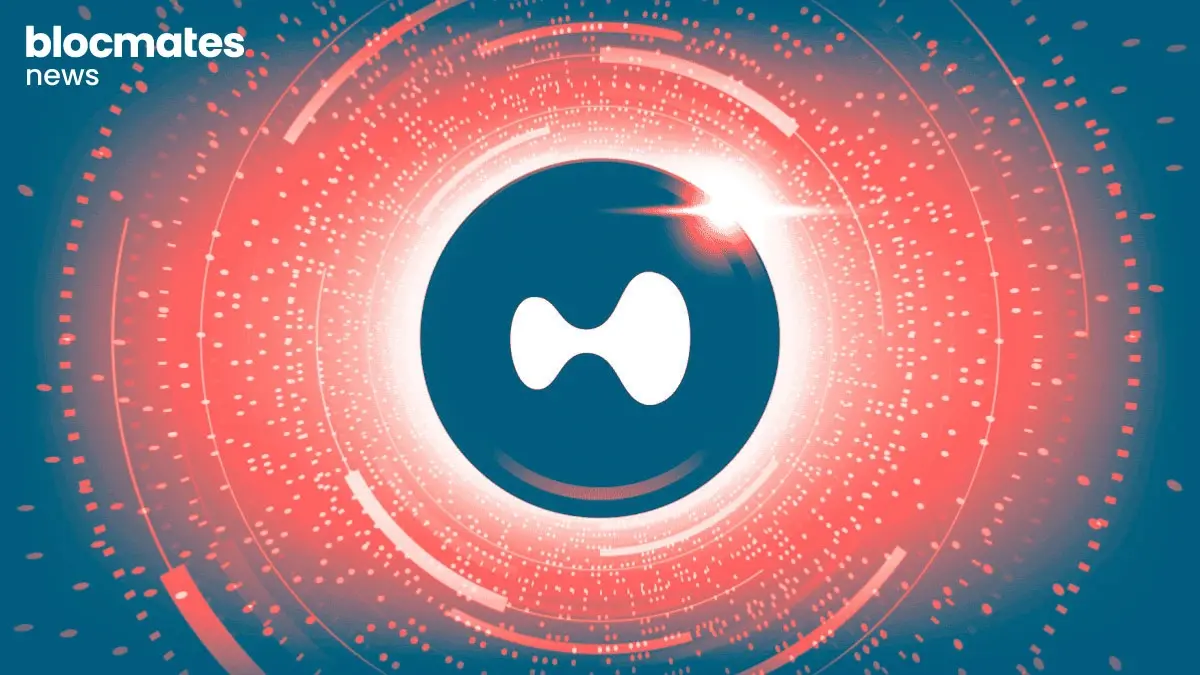


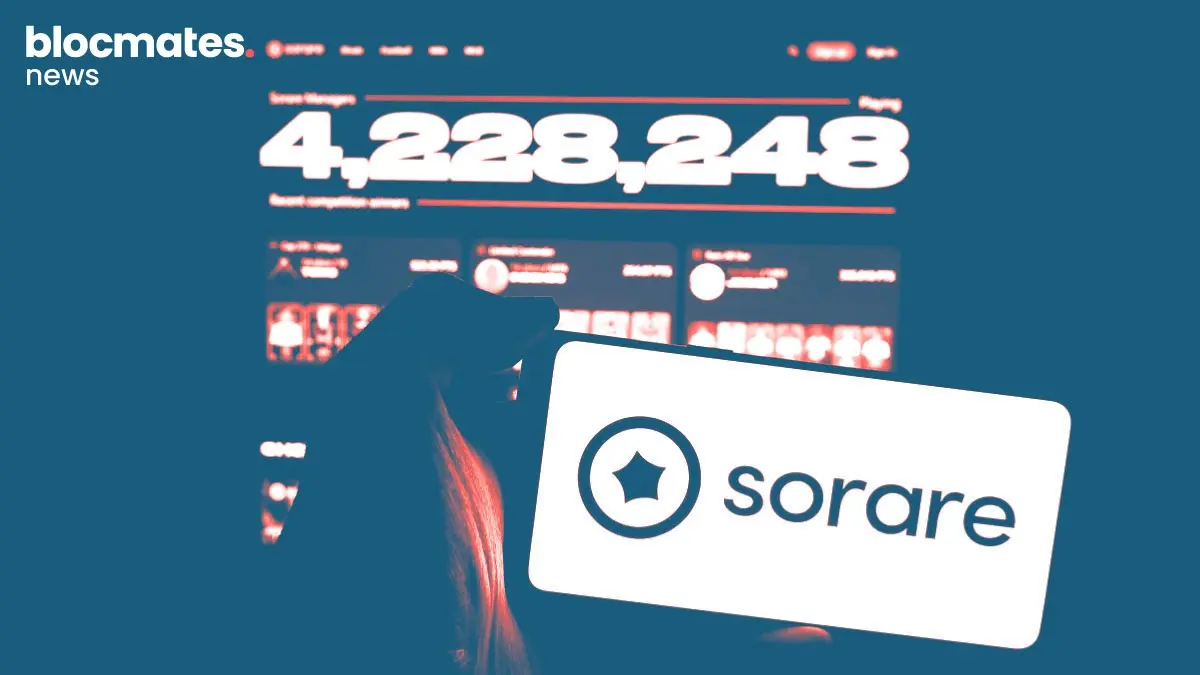

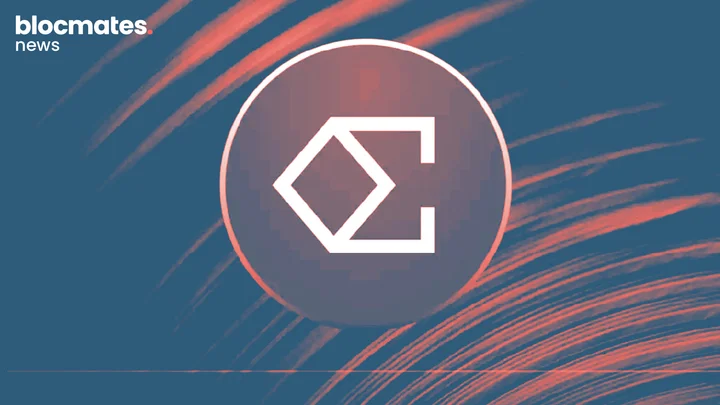


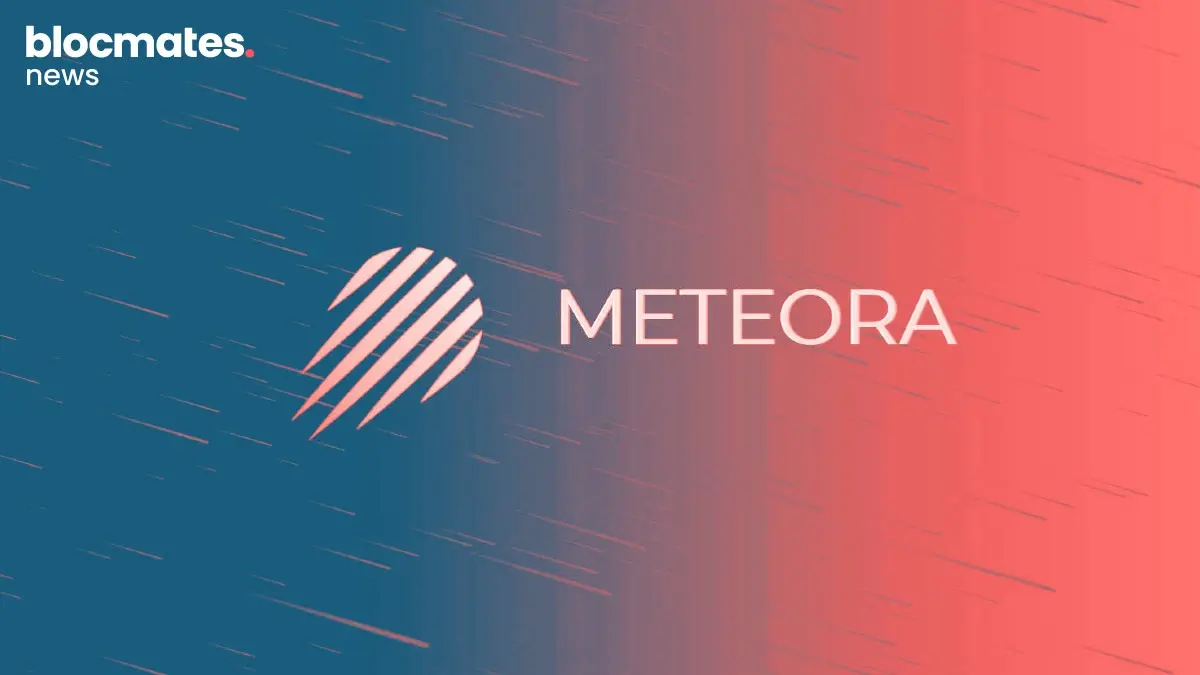


.webp)

.webp)


.webp)



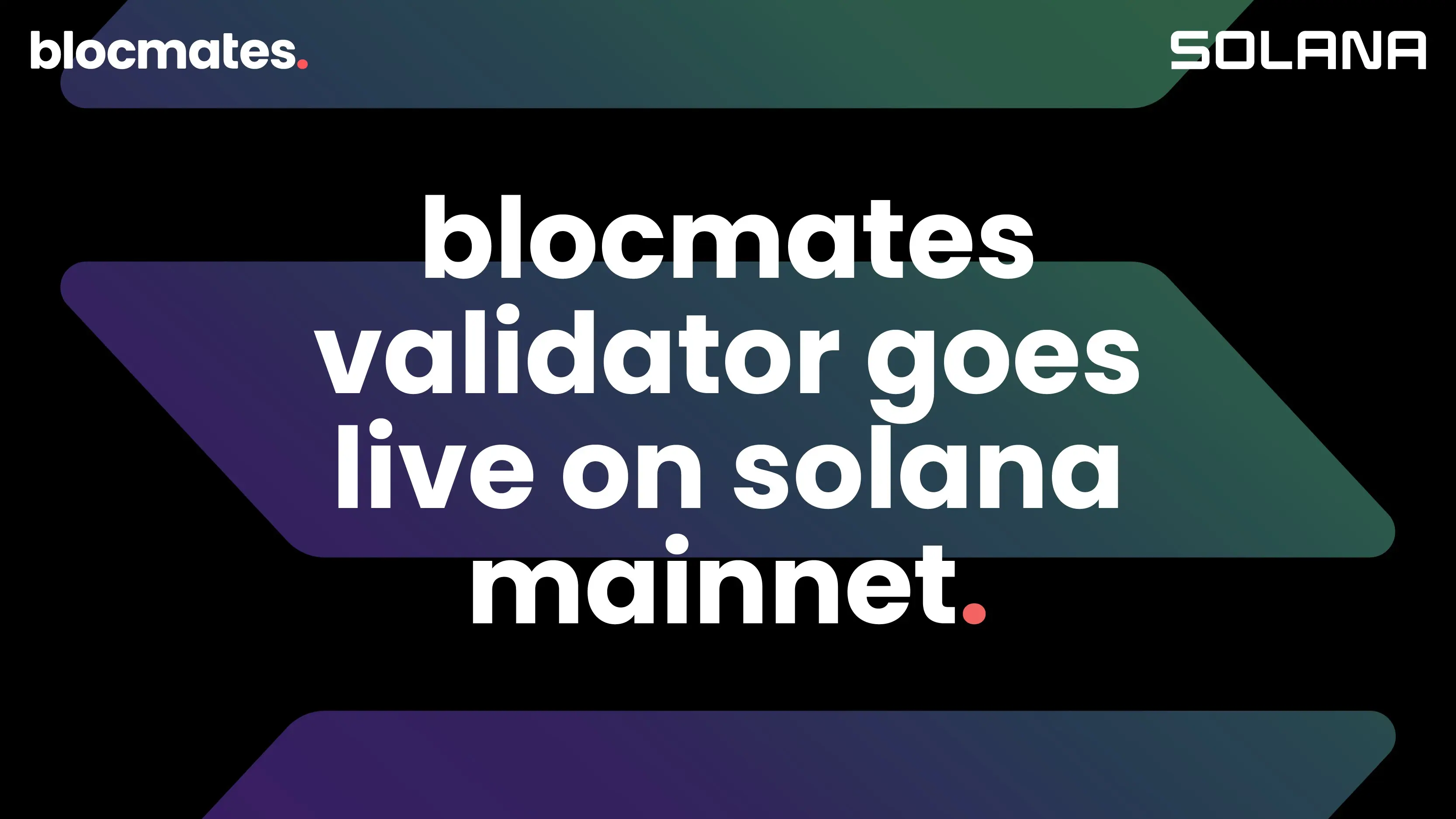
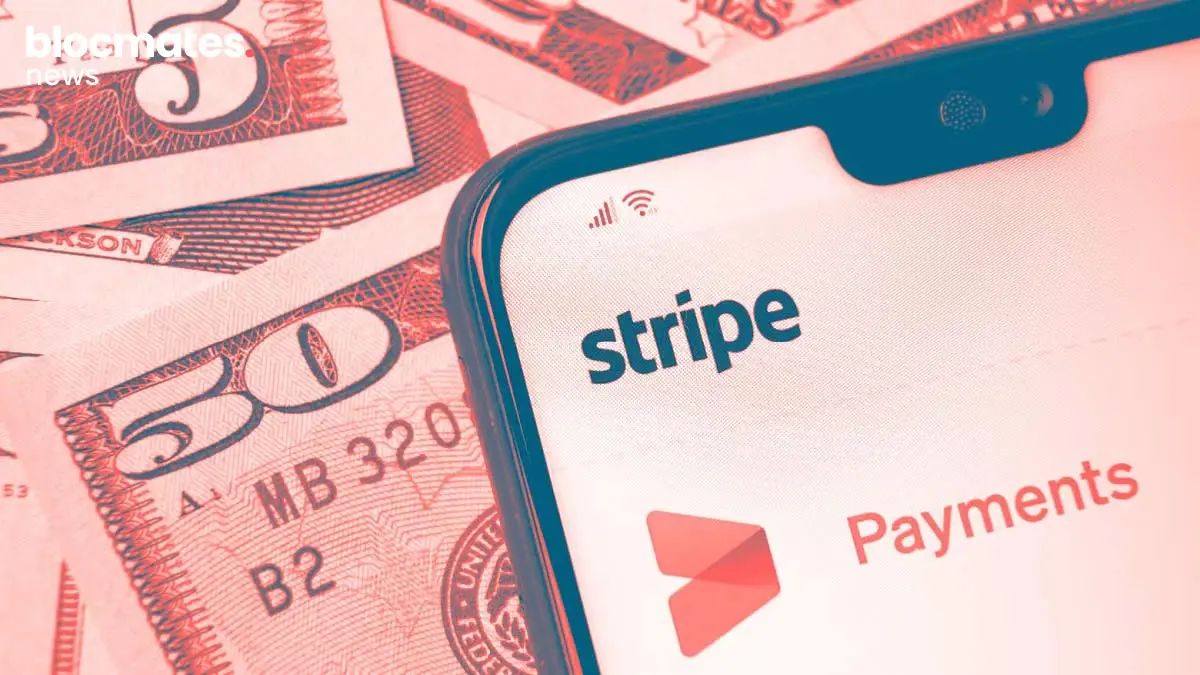



.webp)
